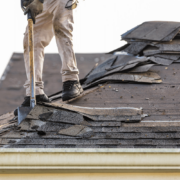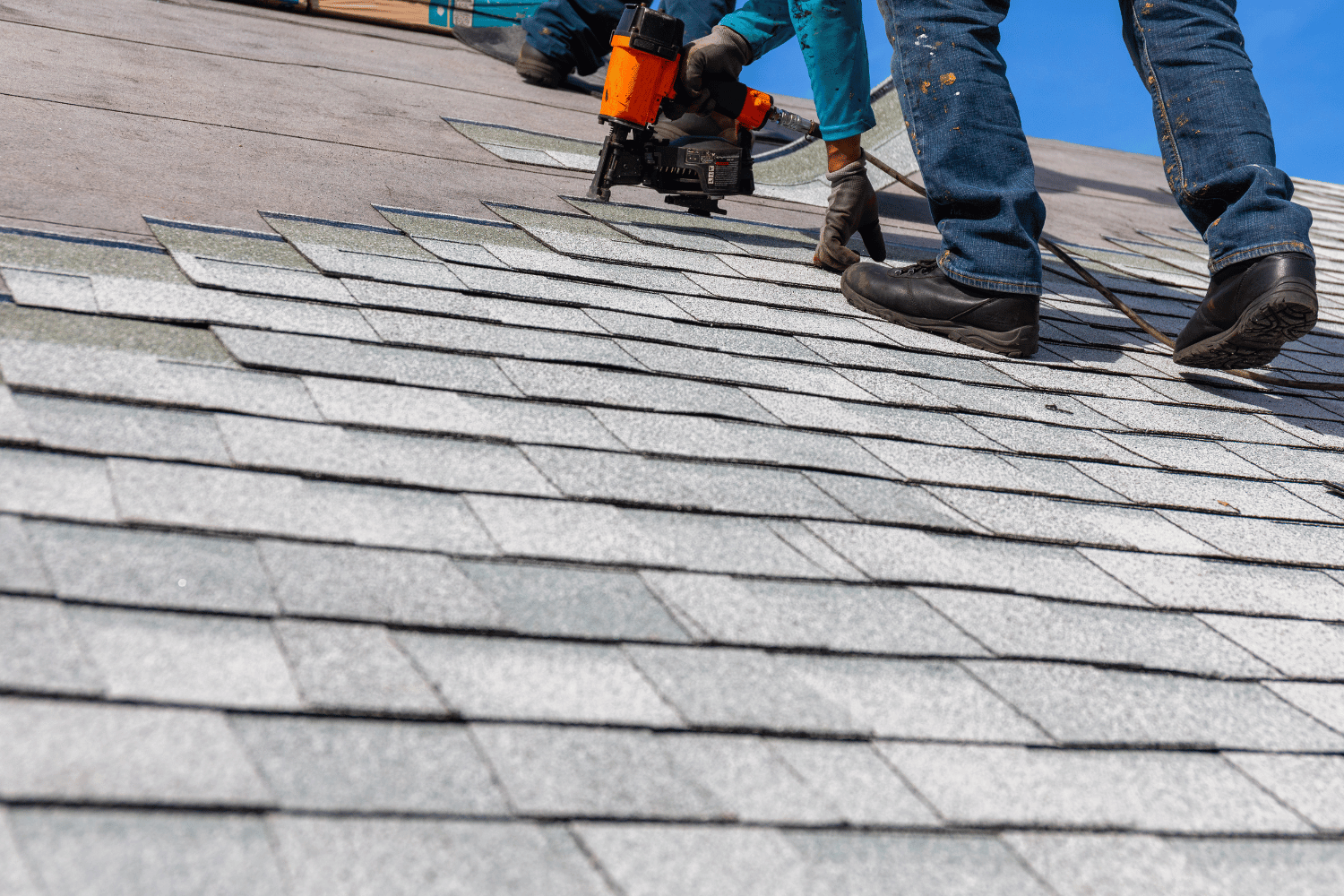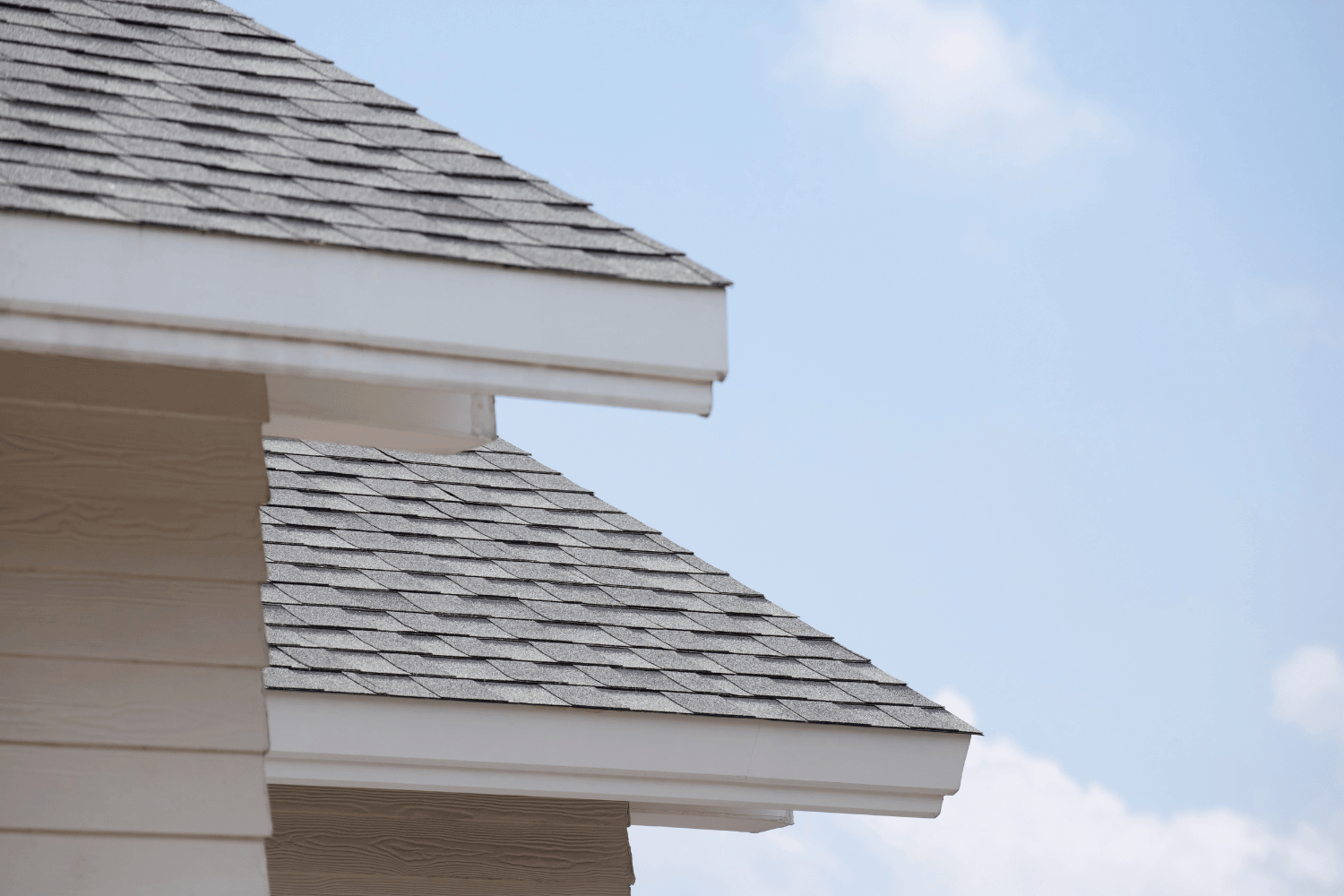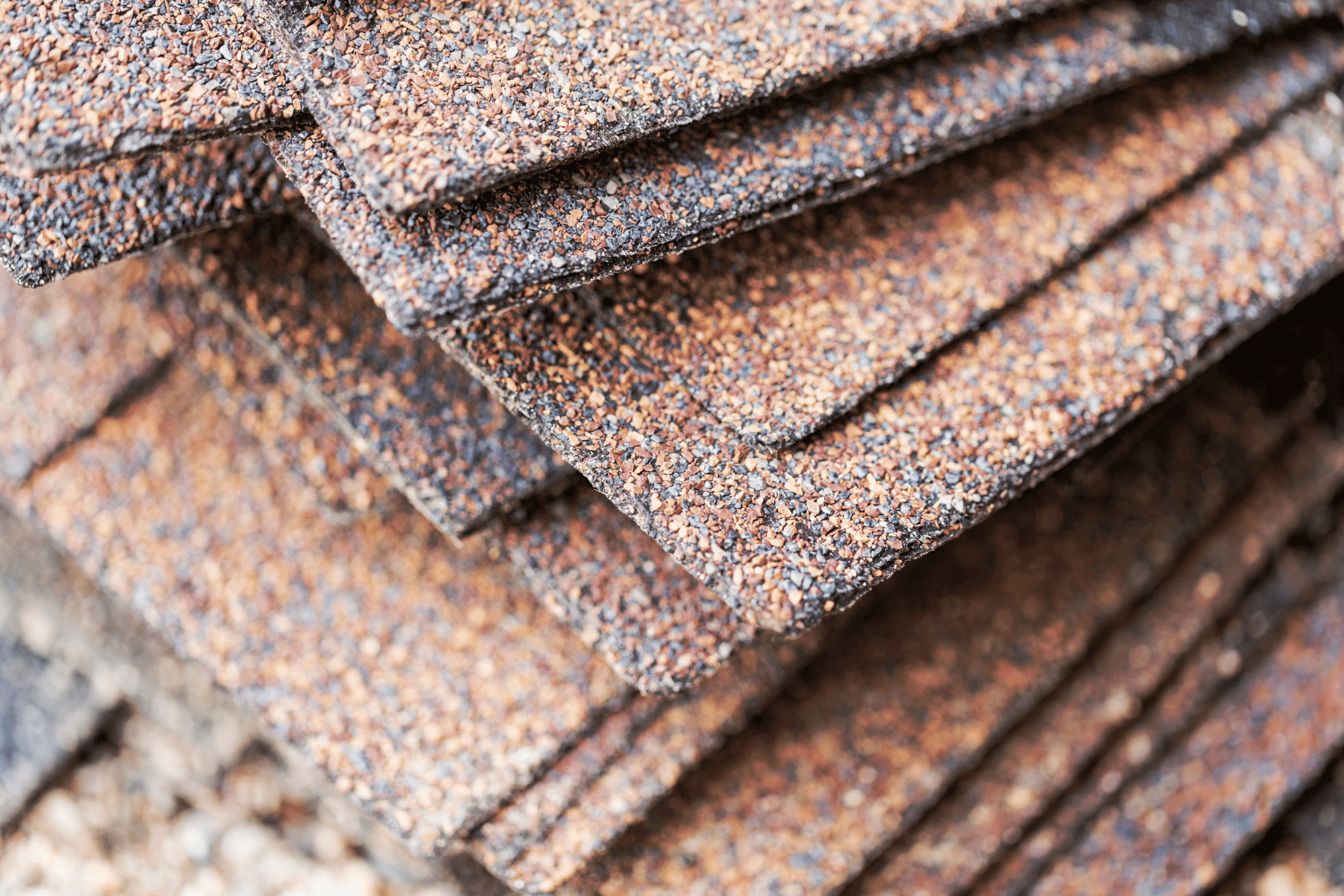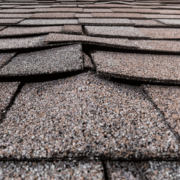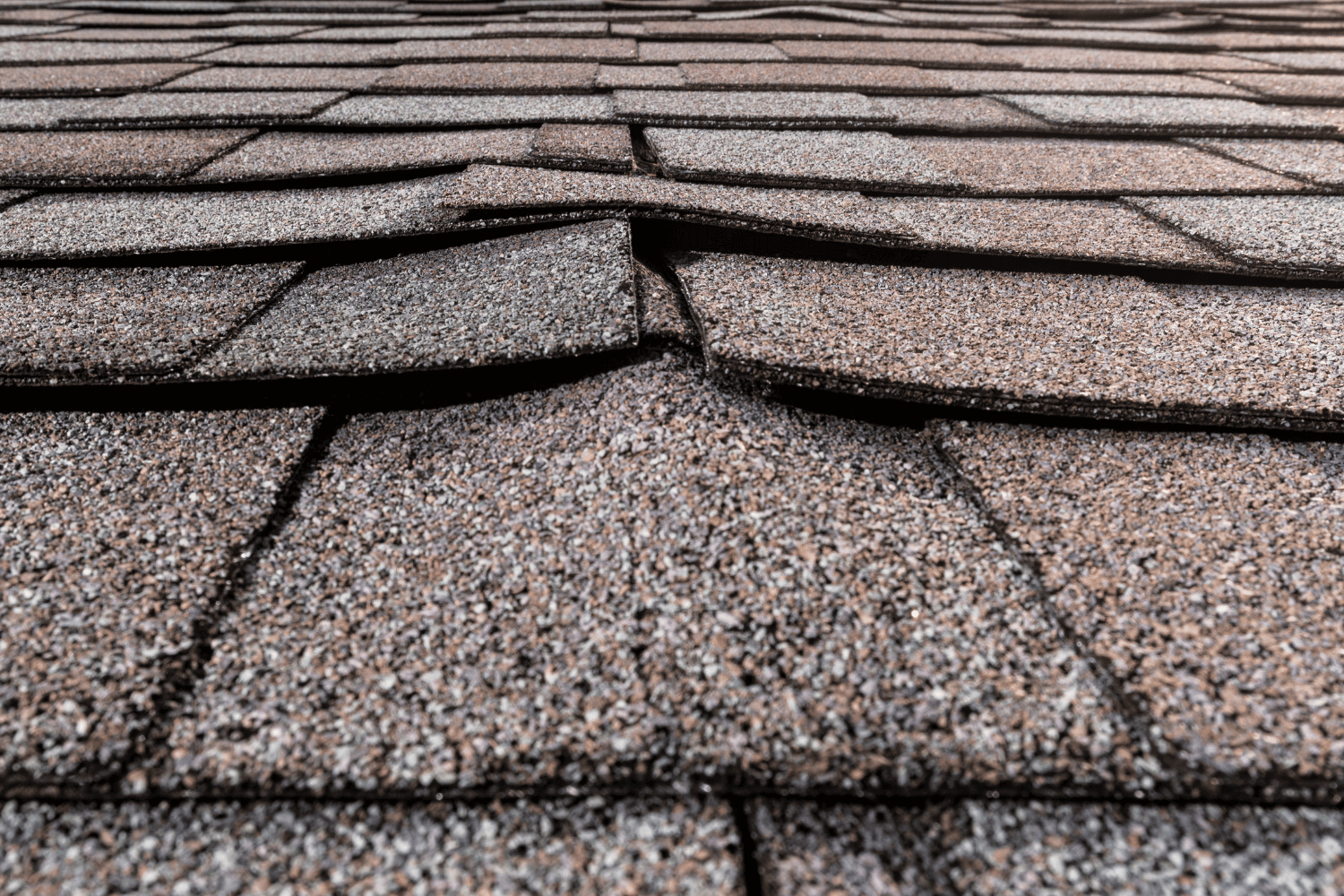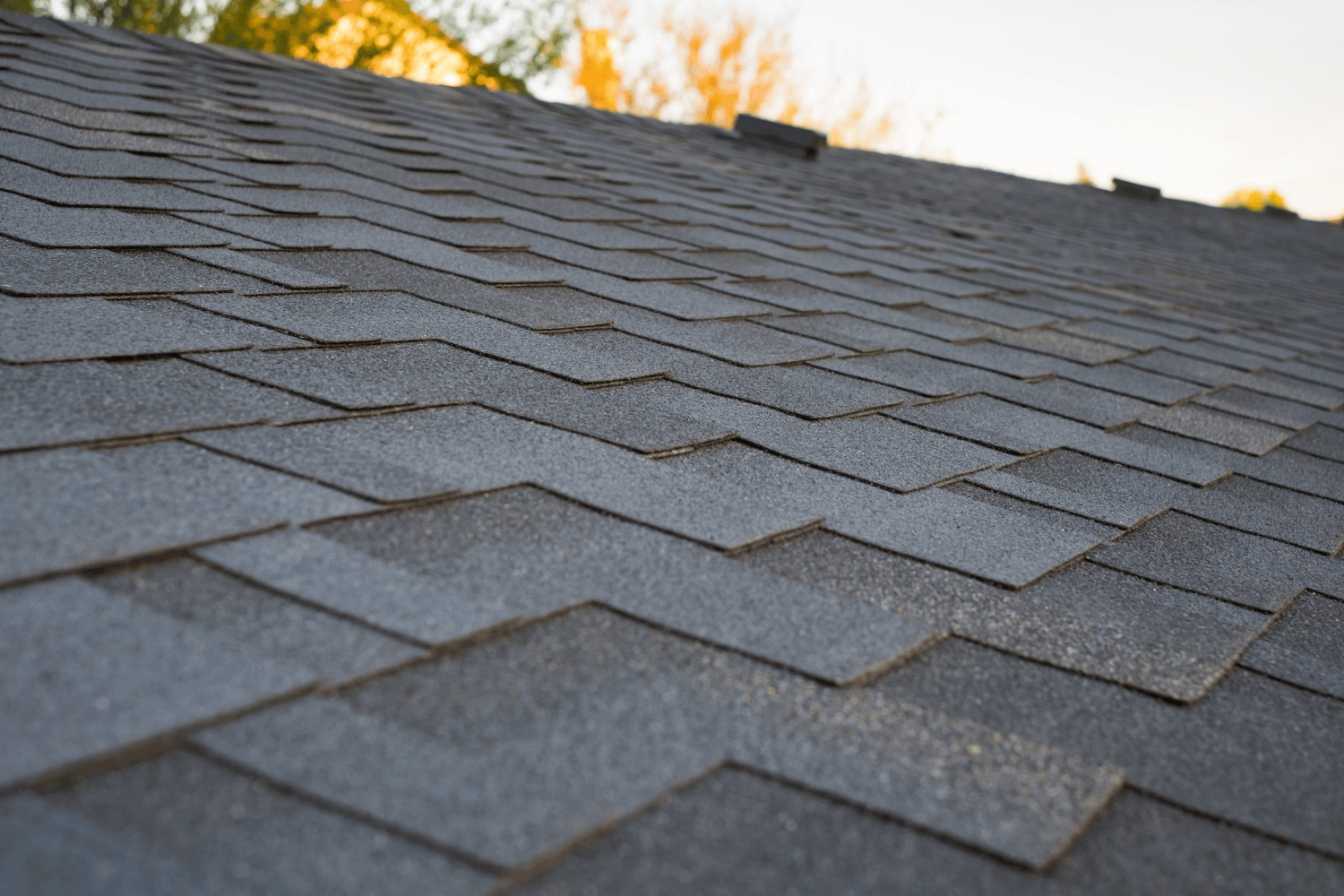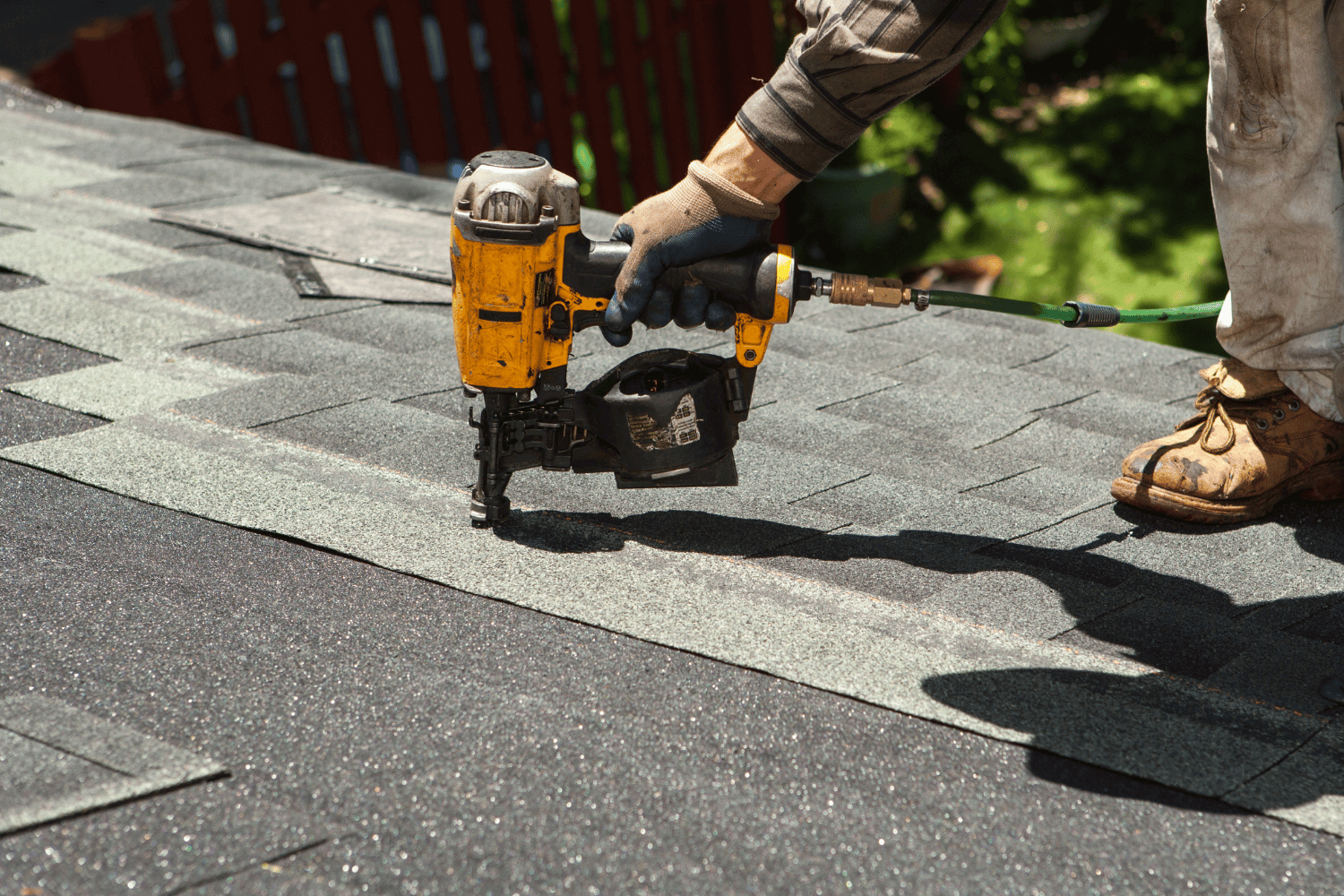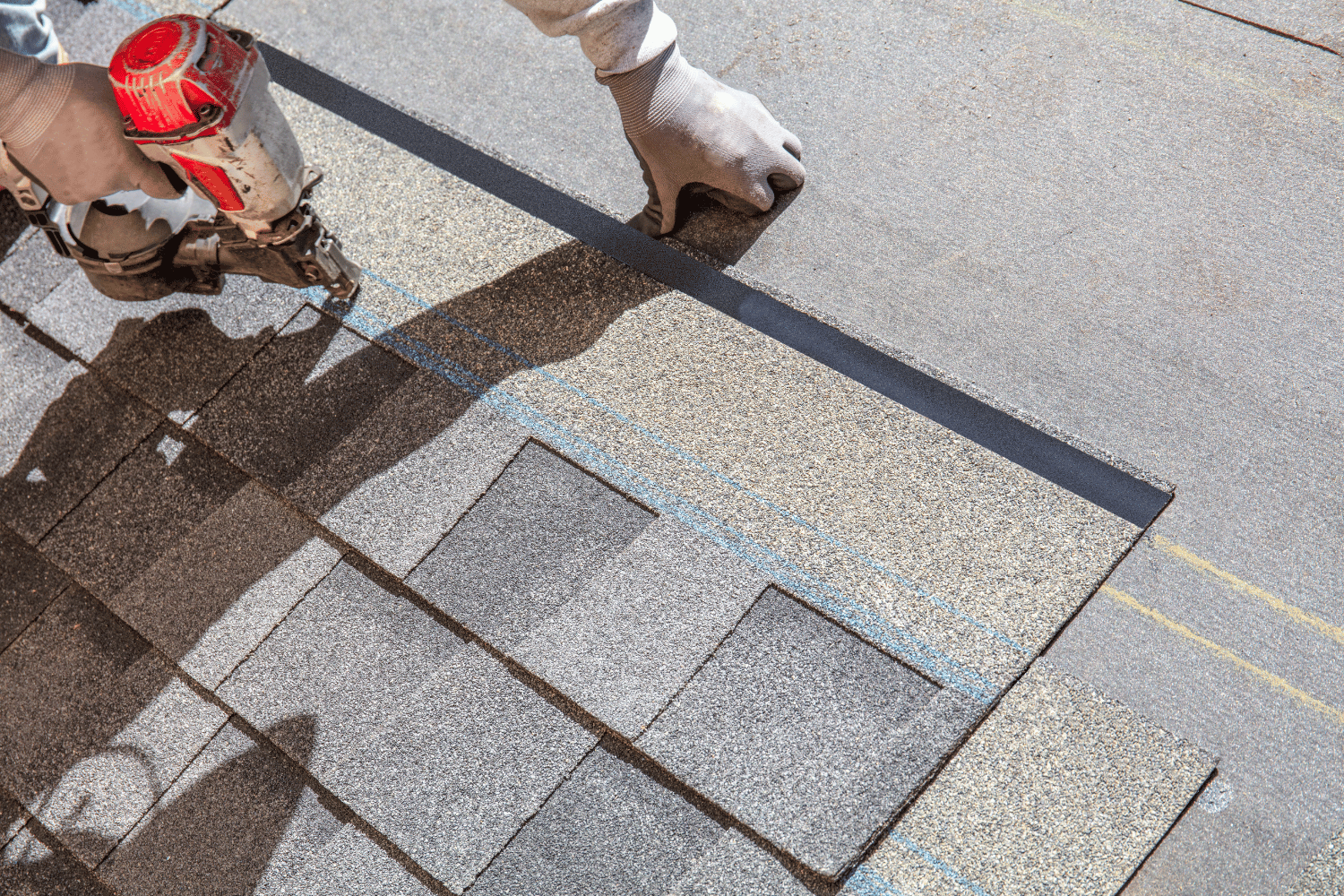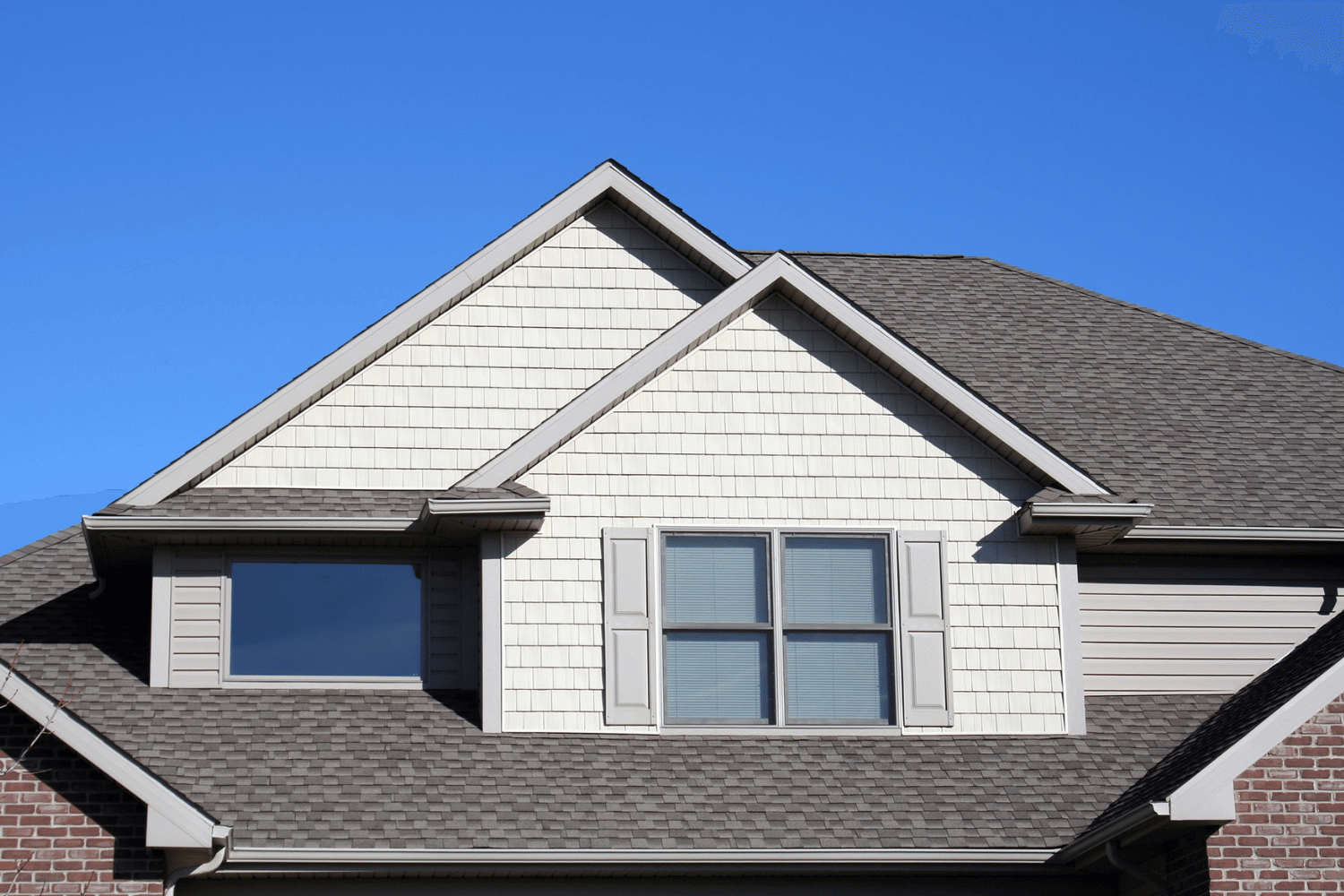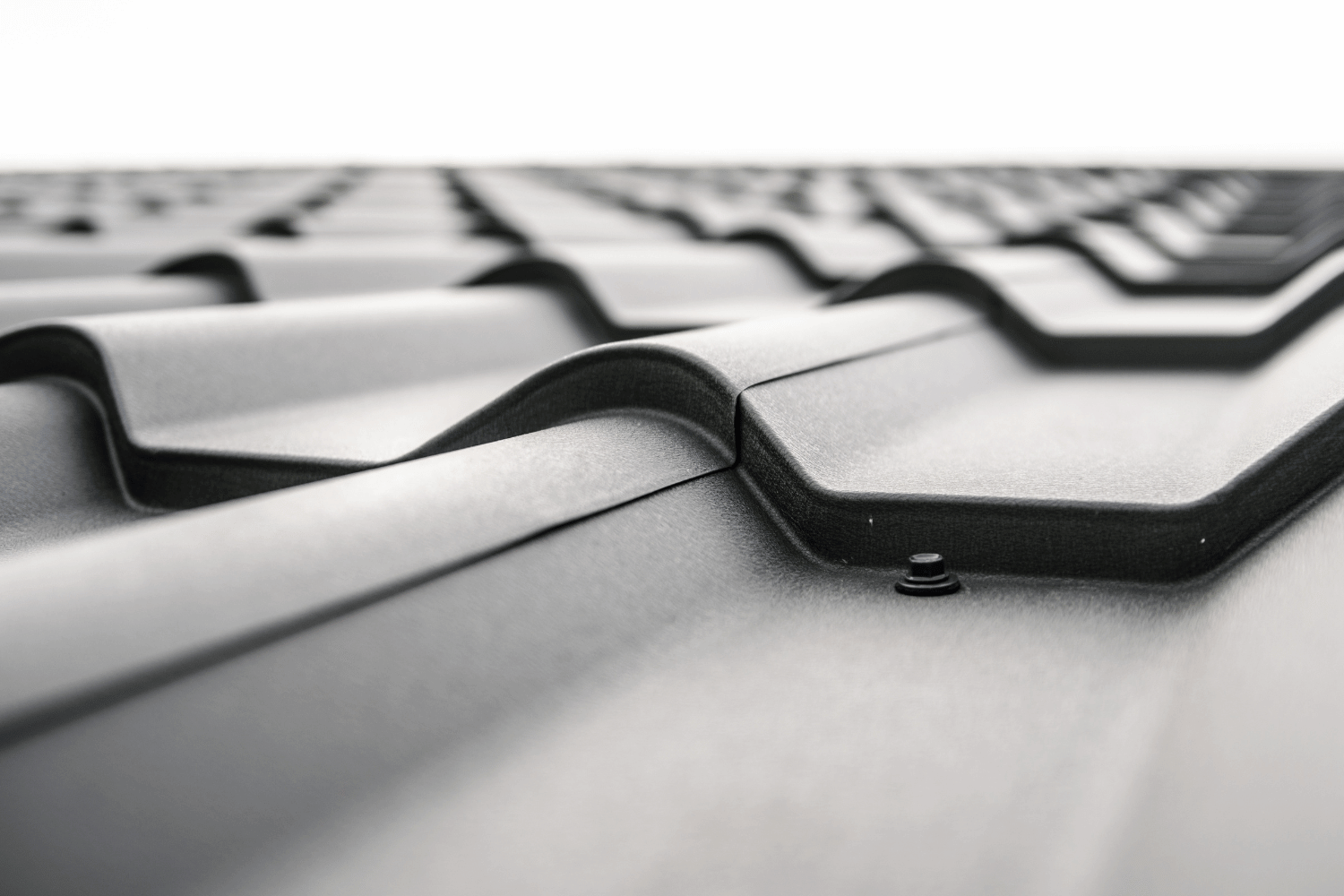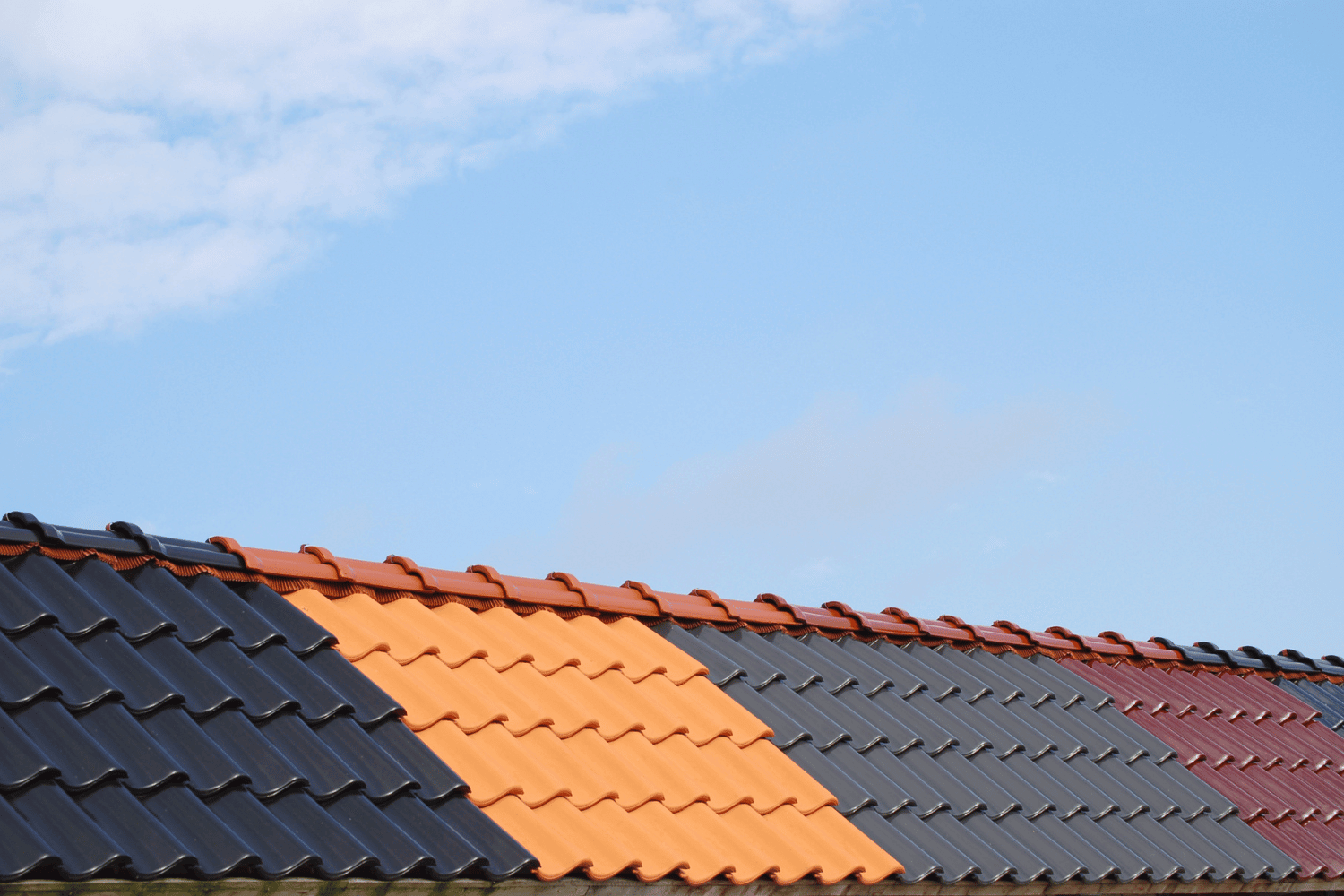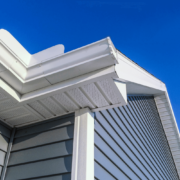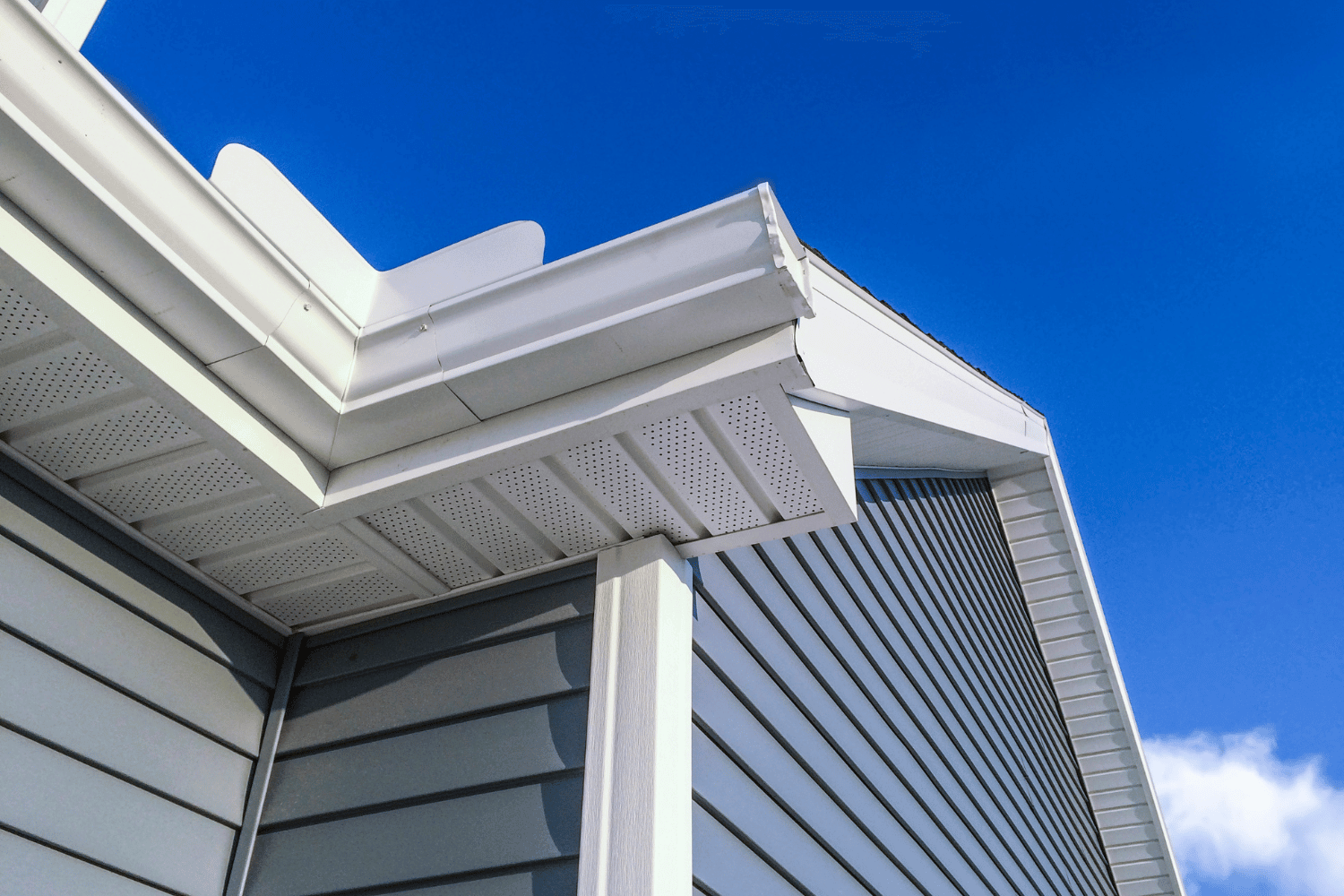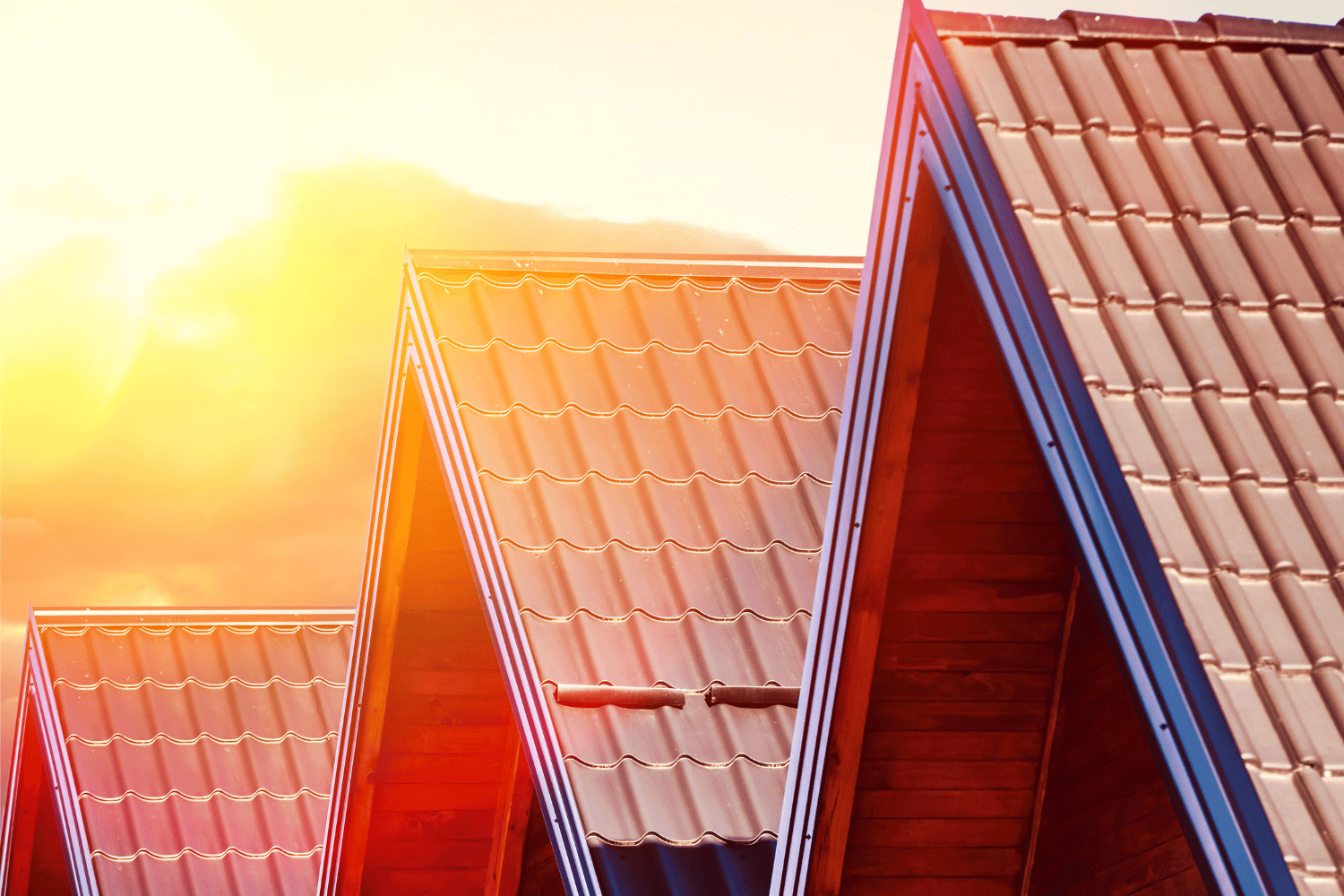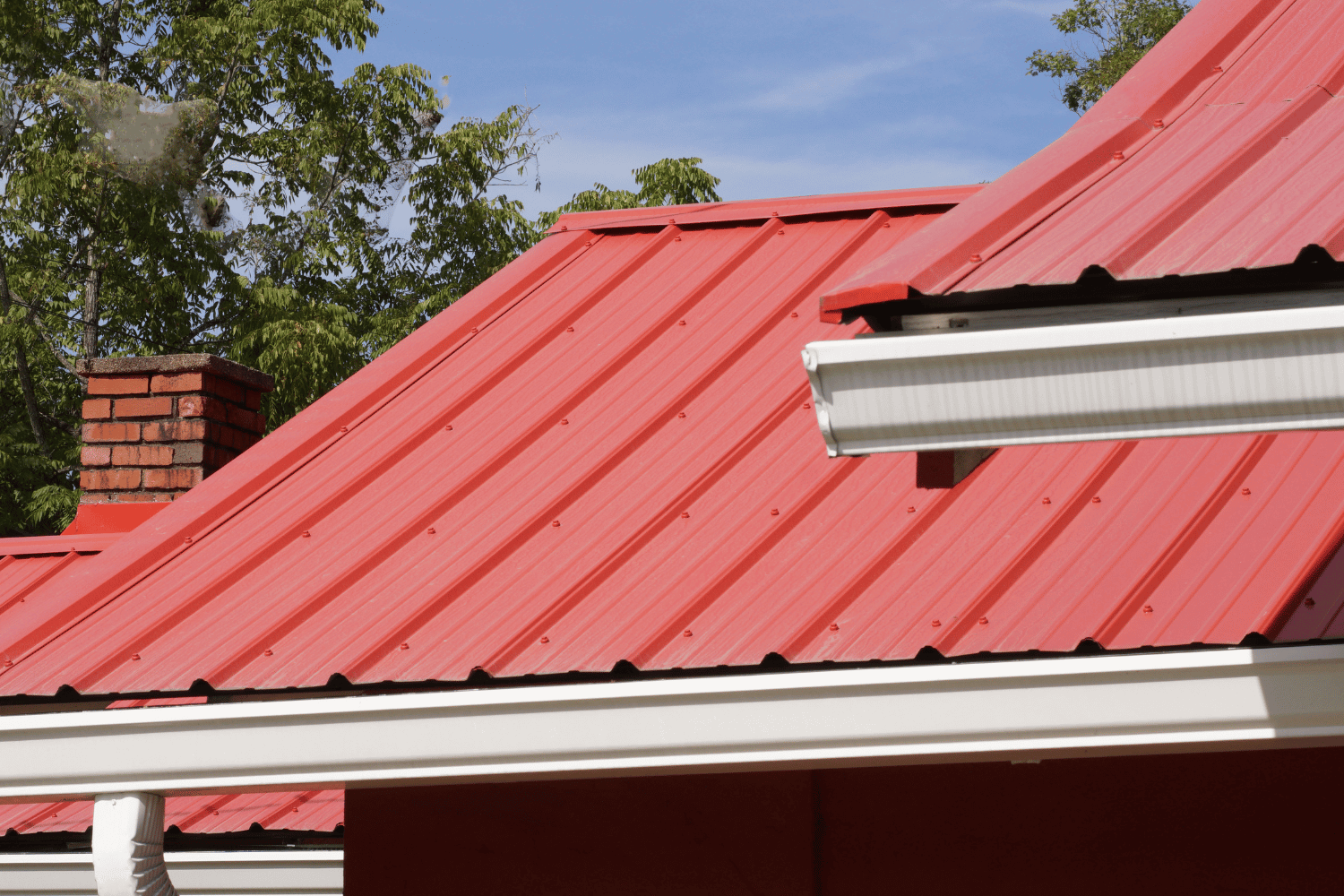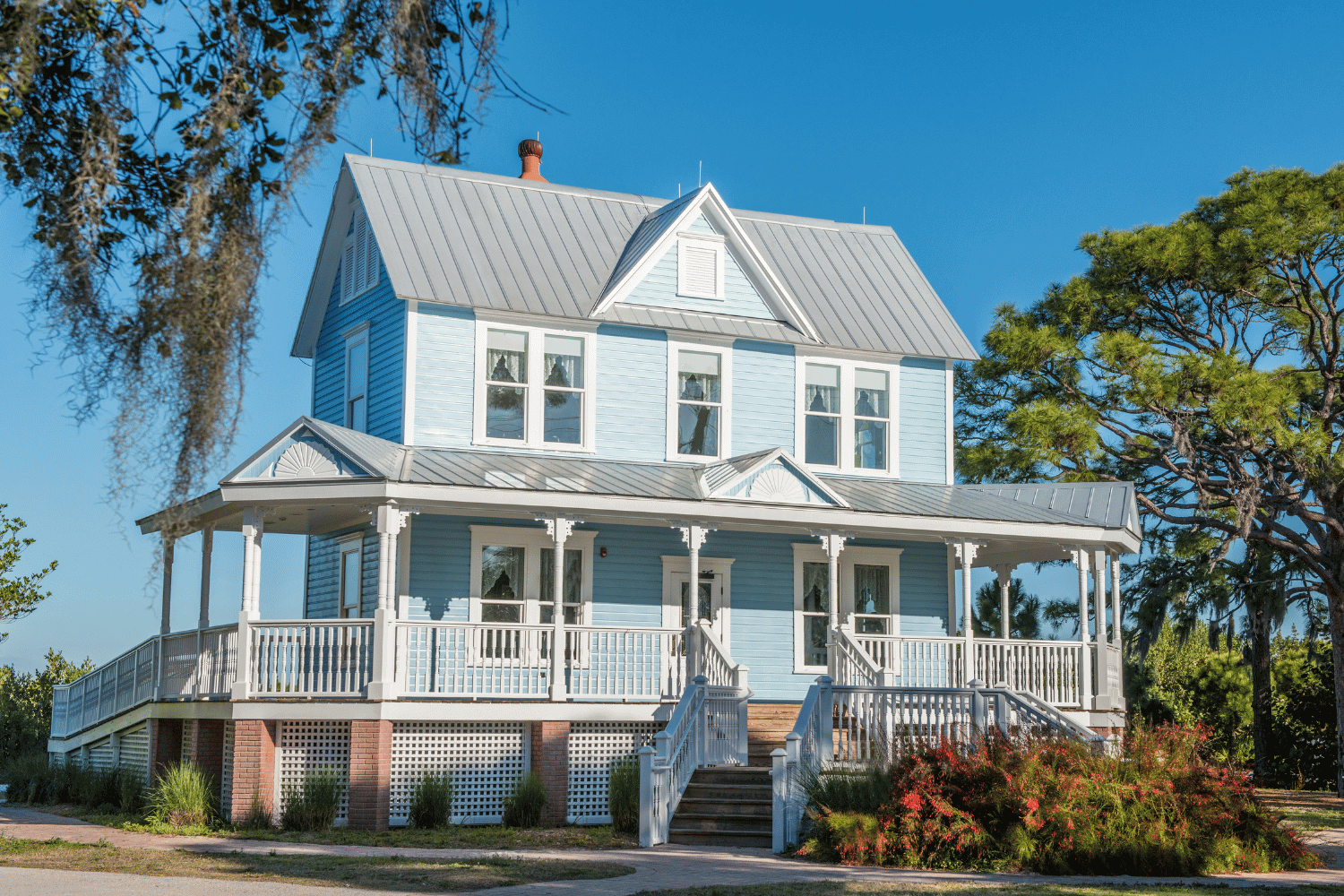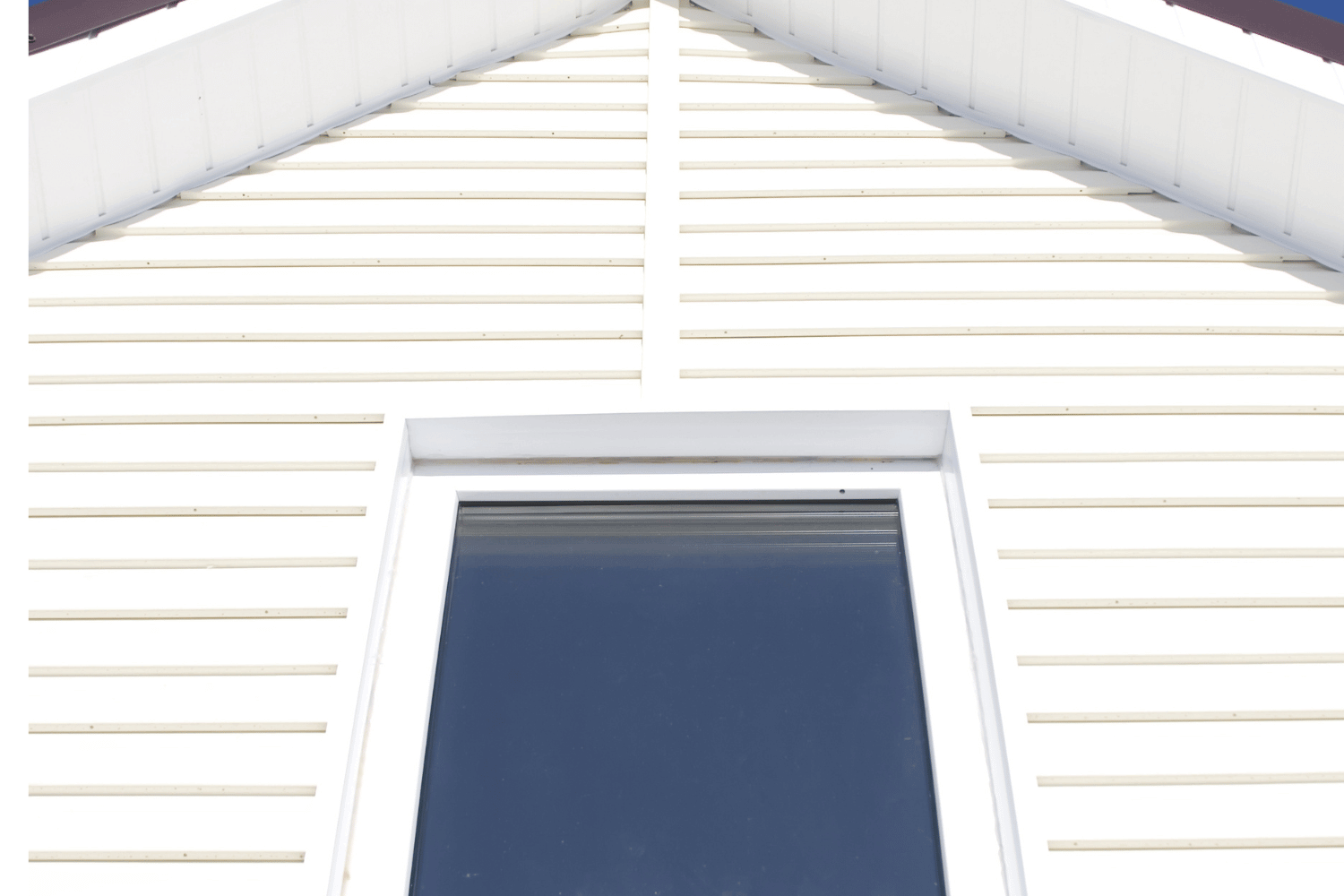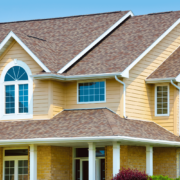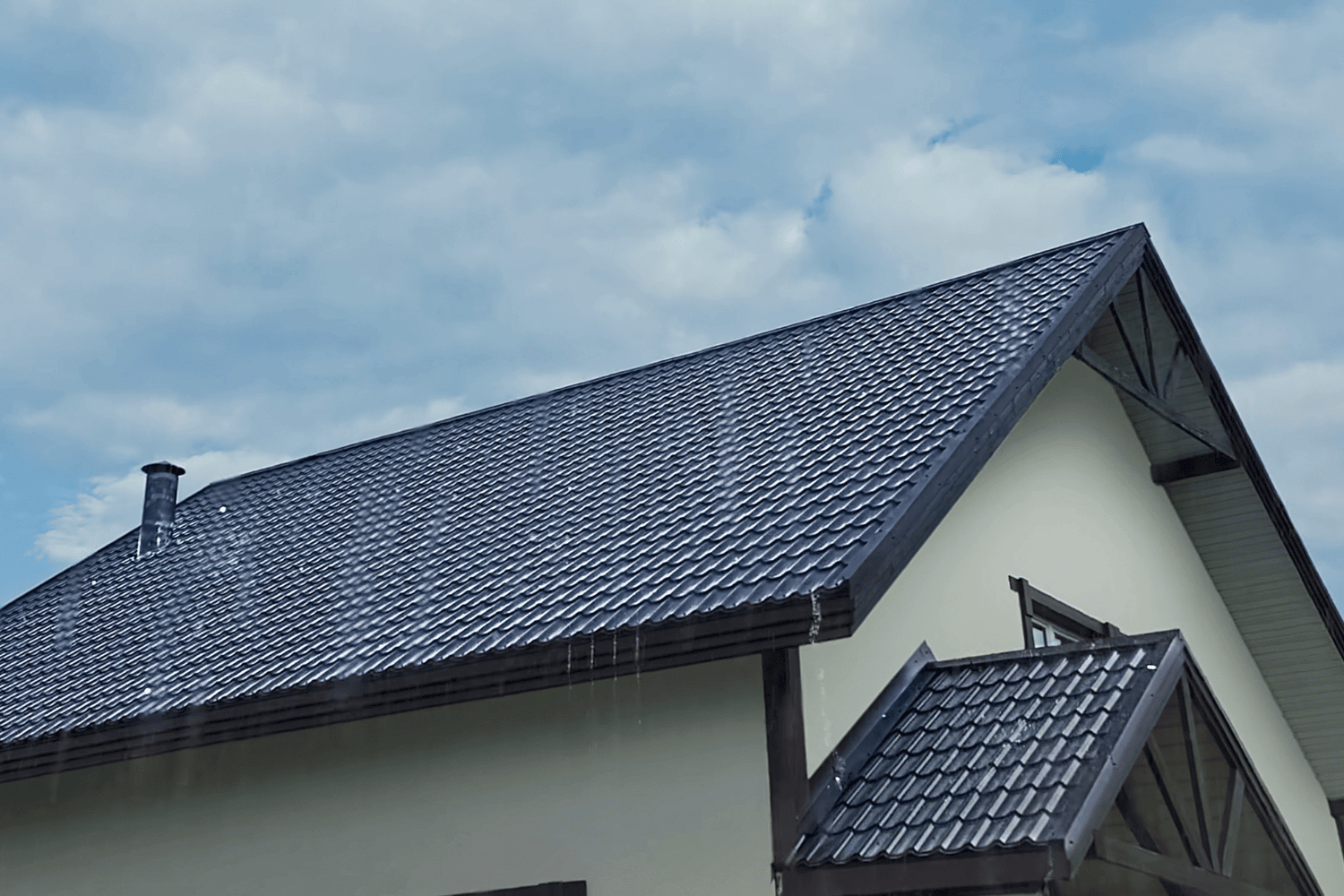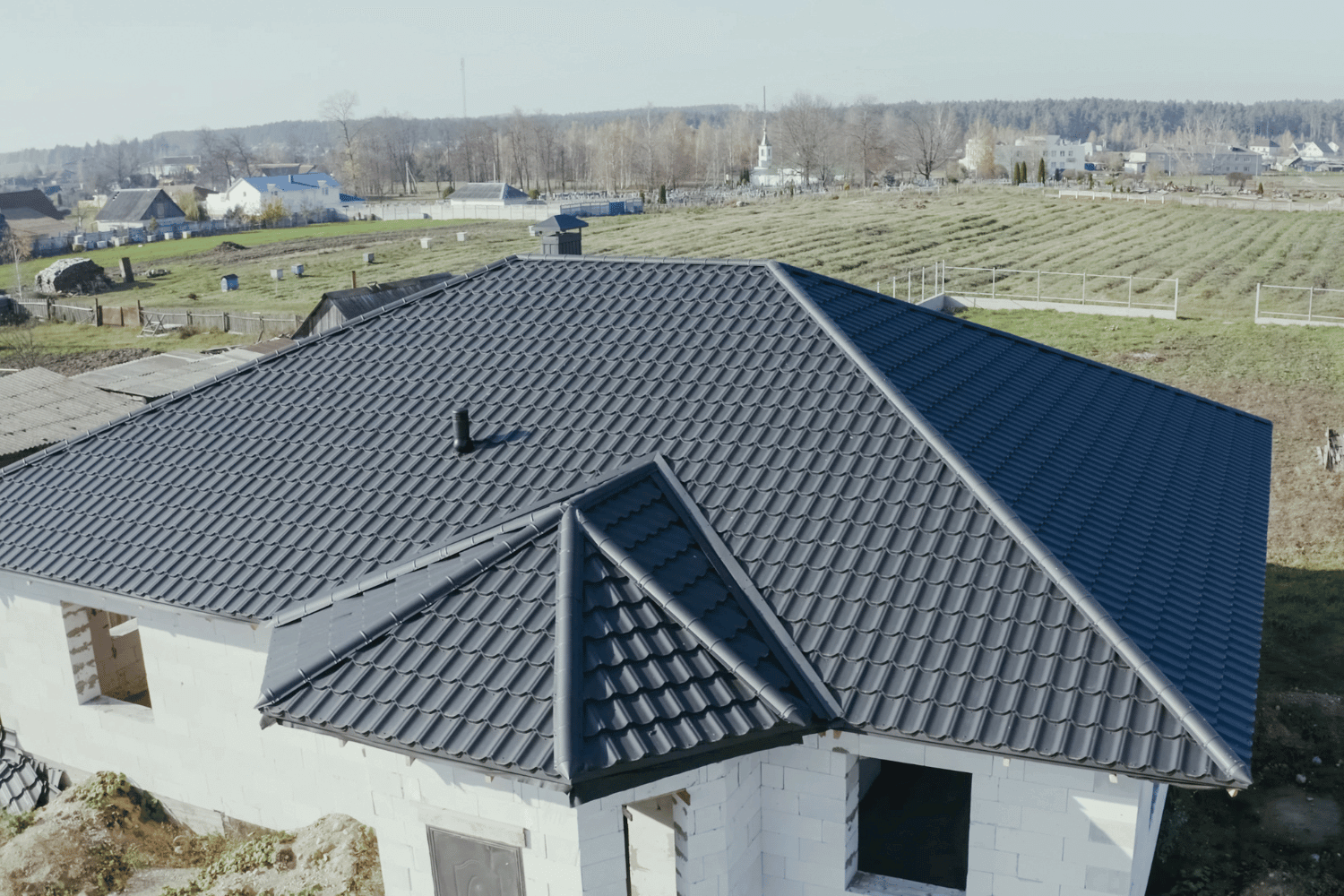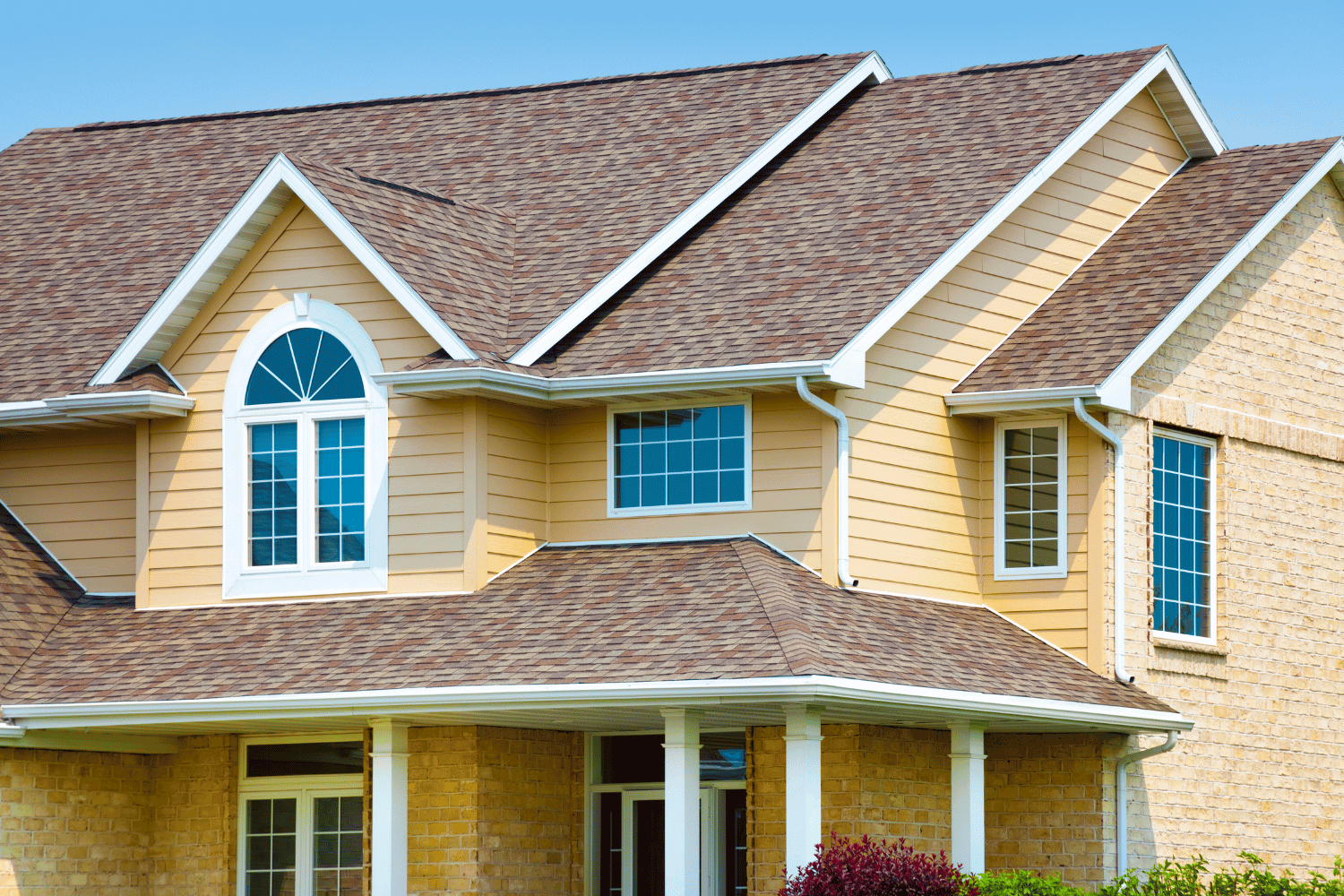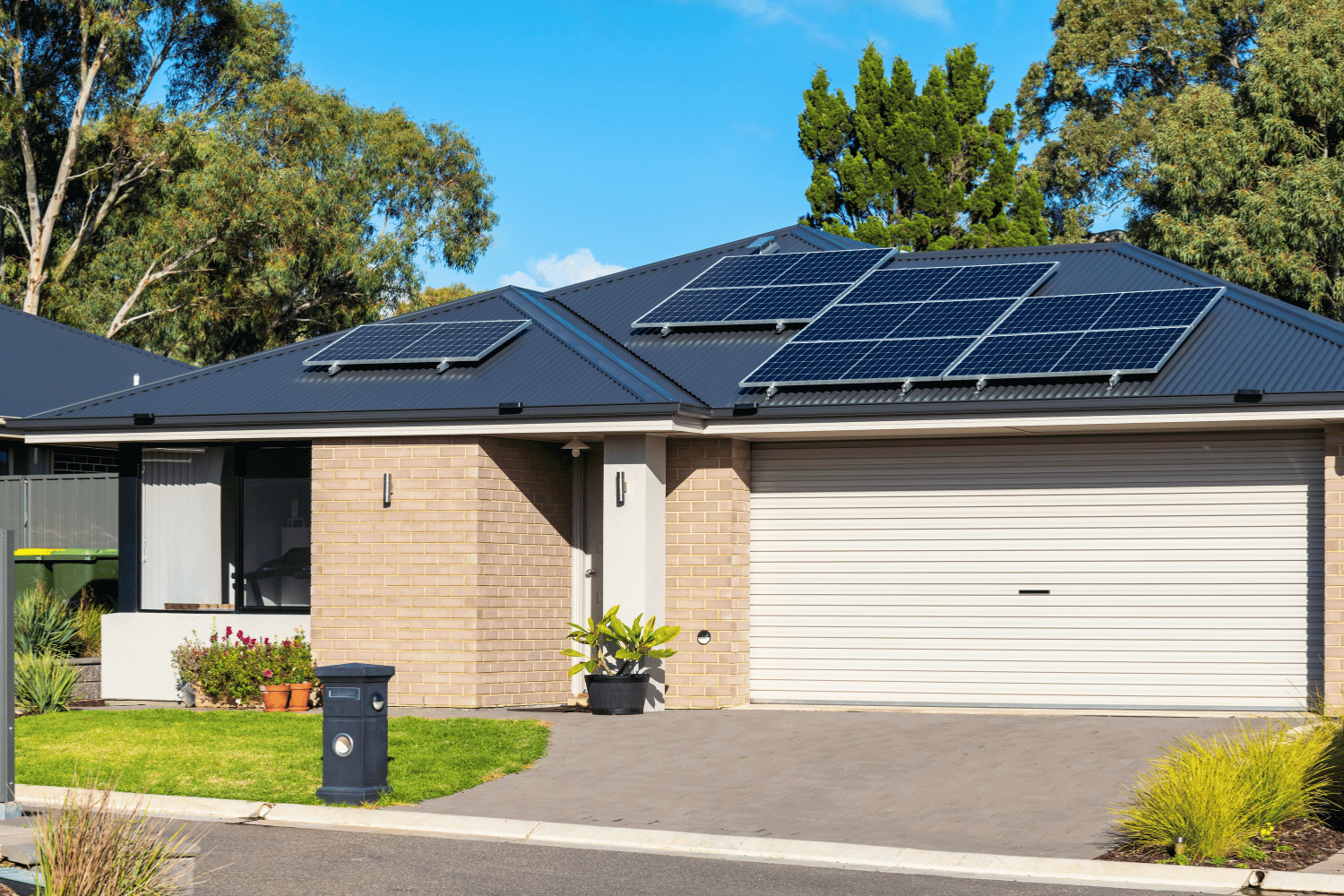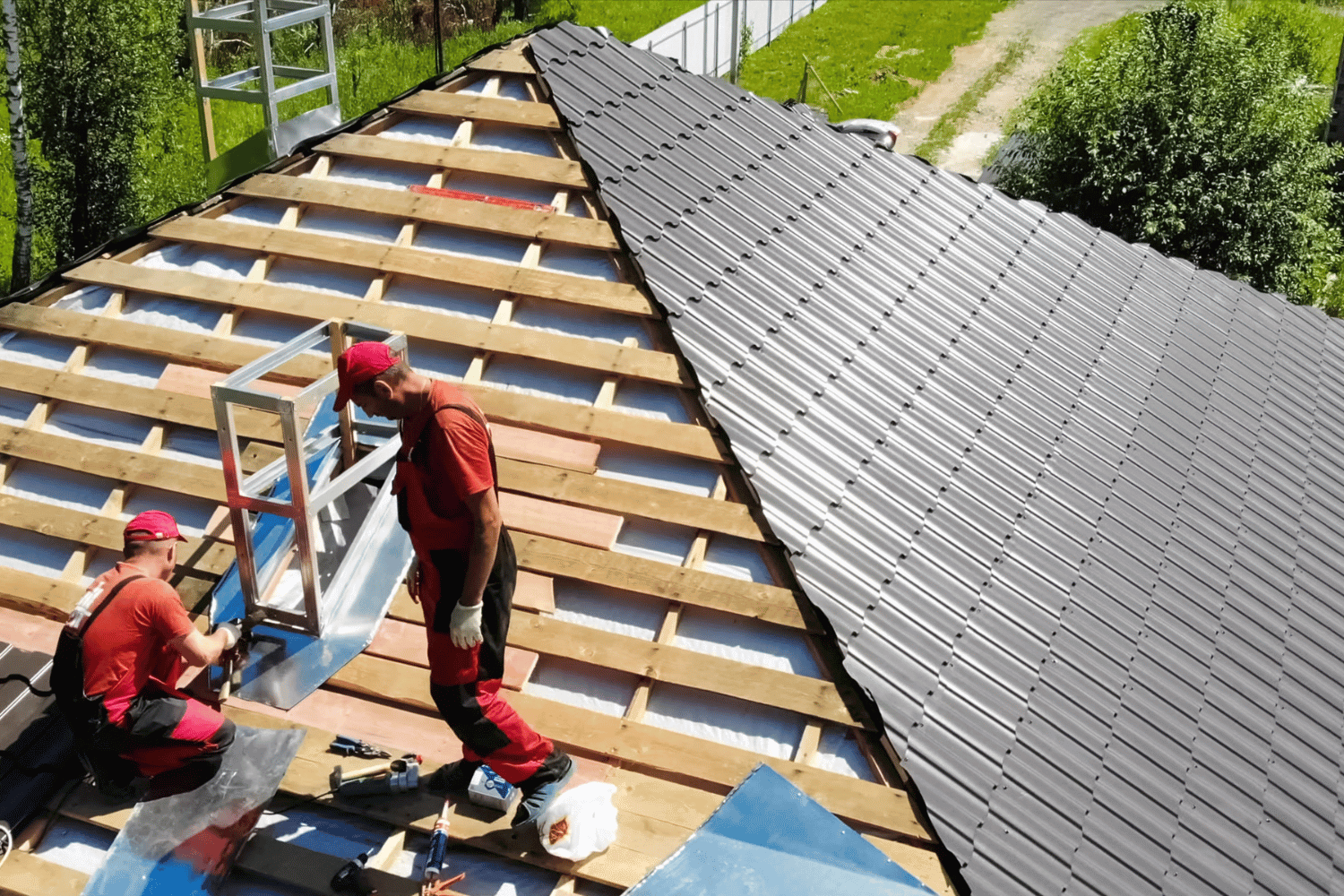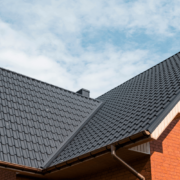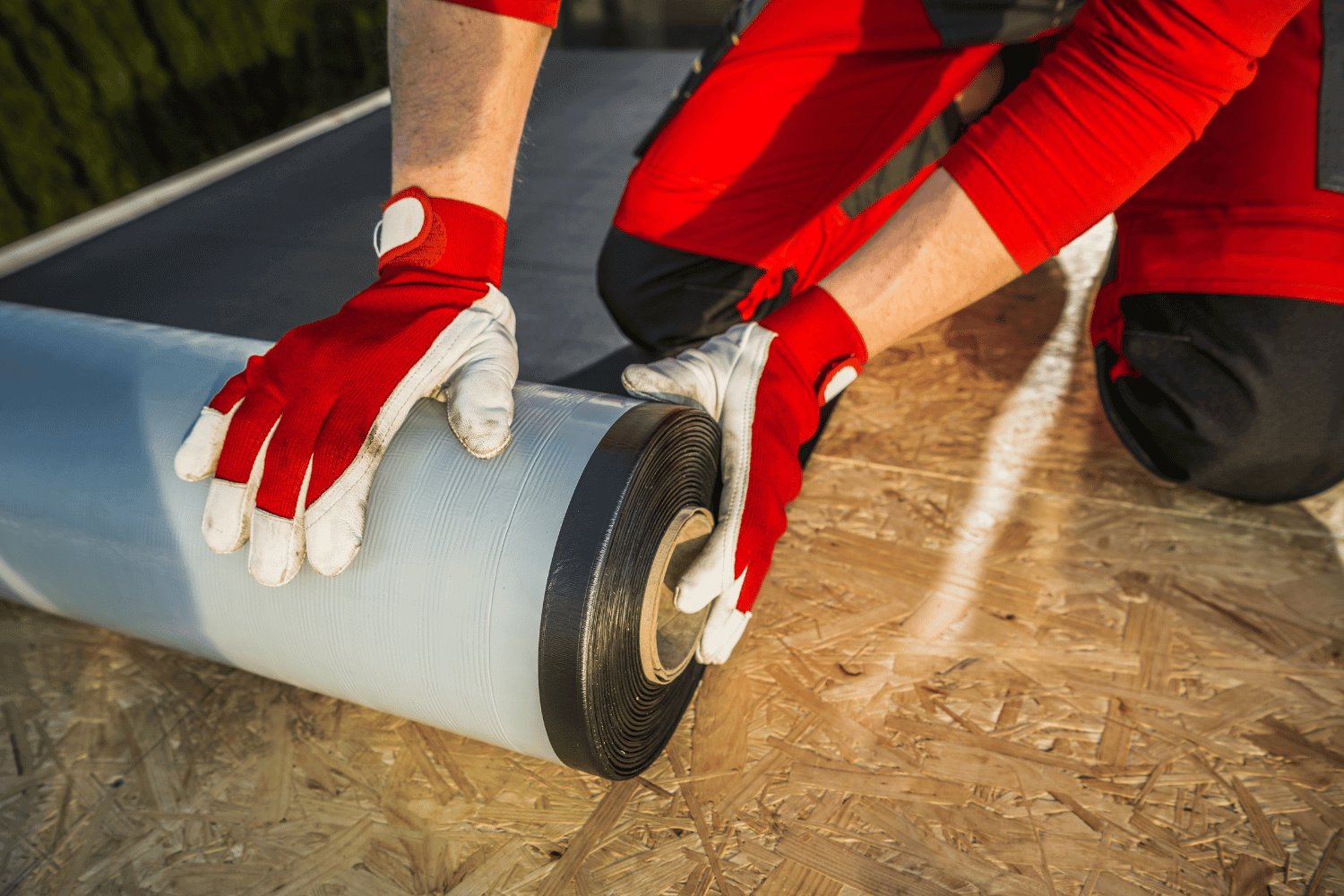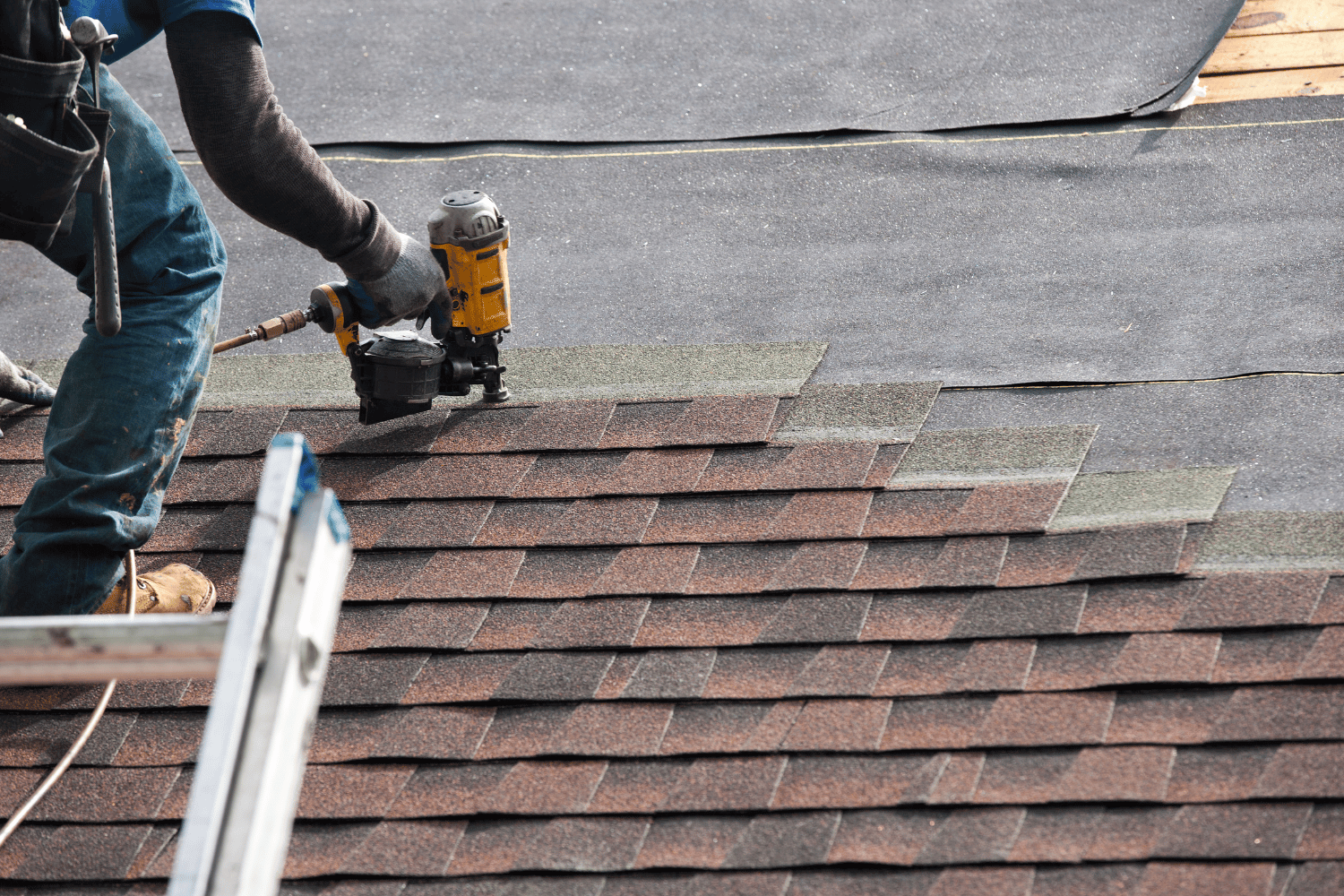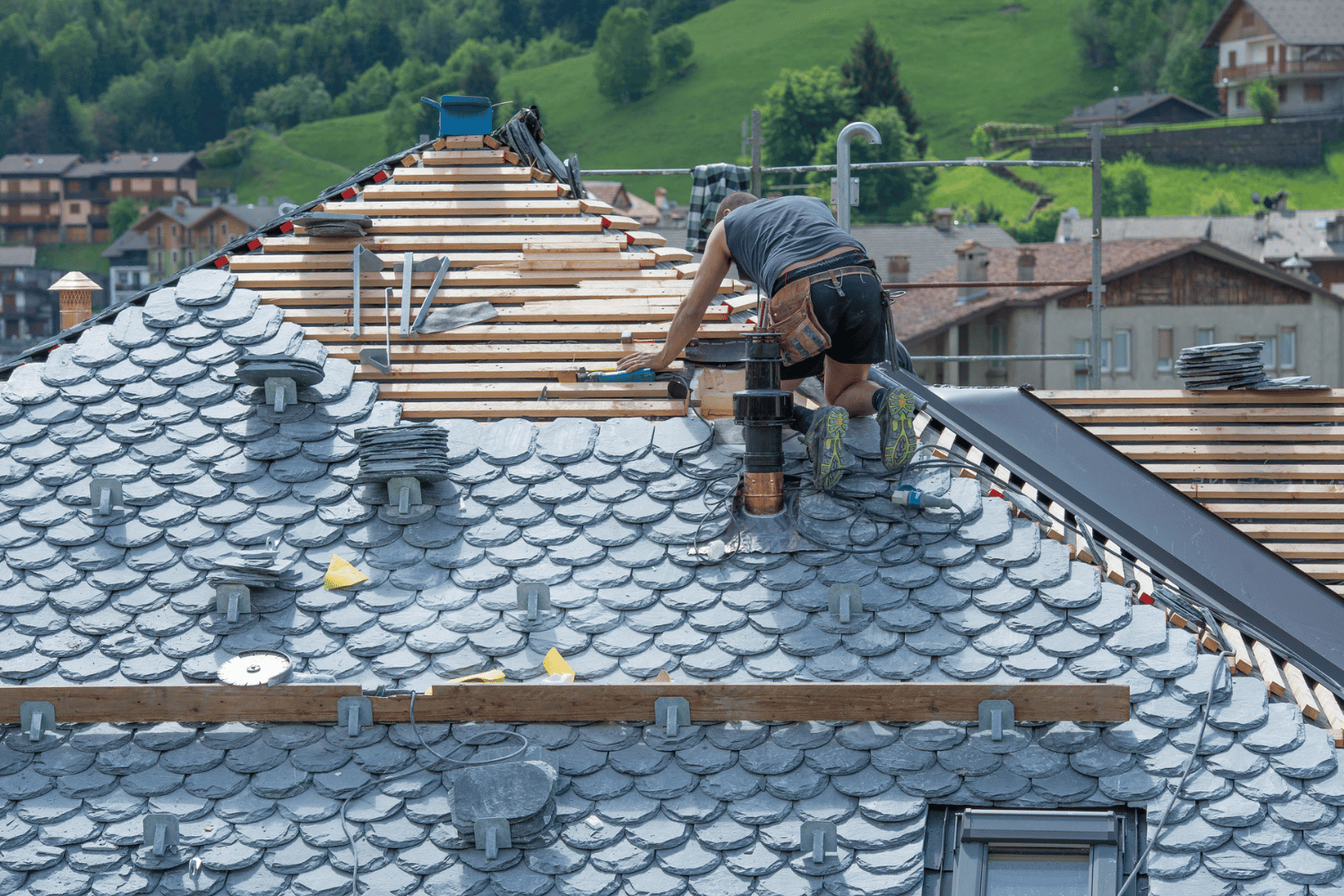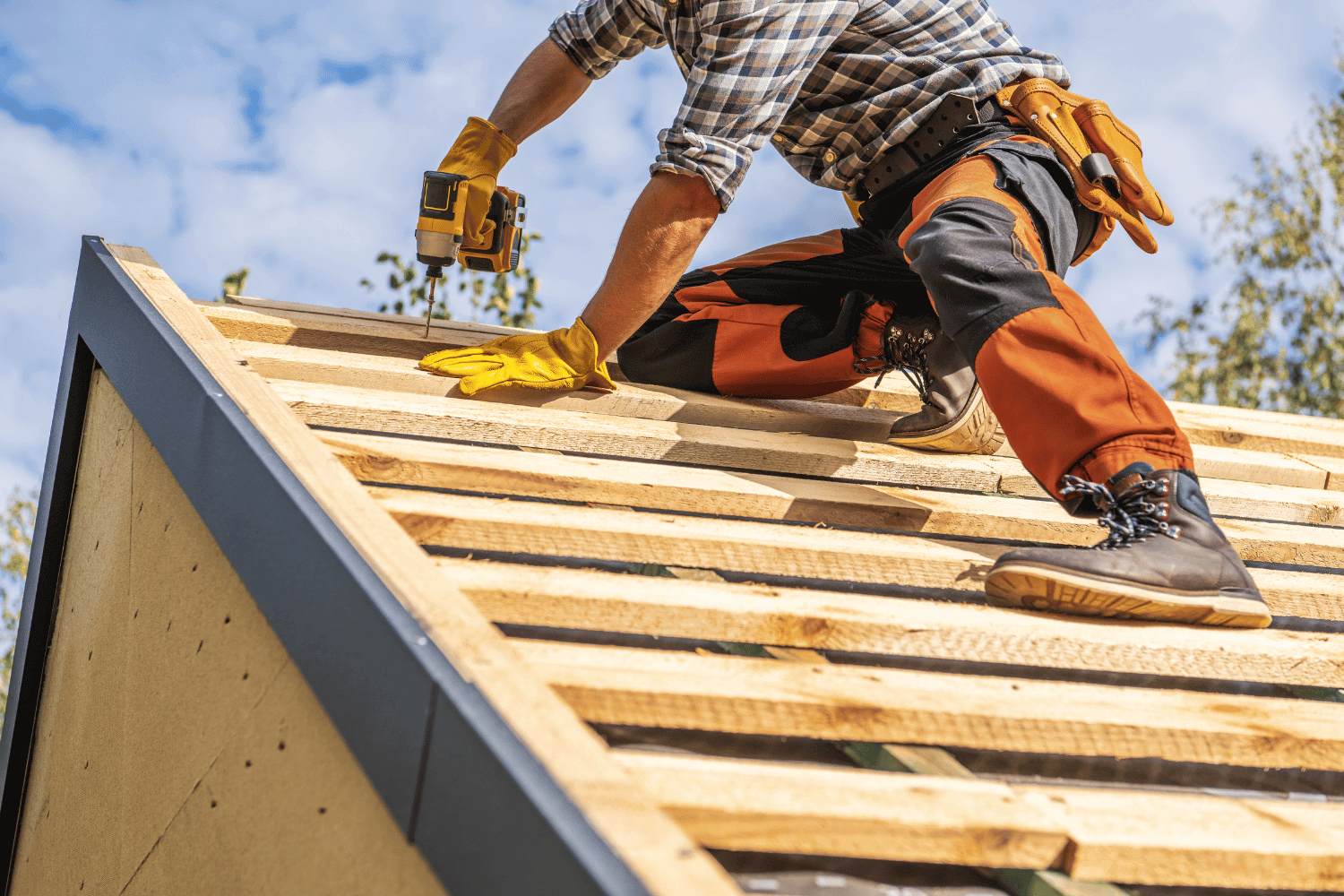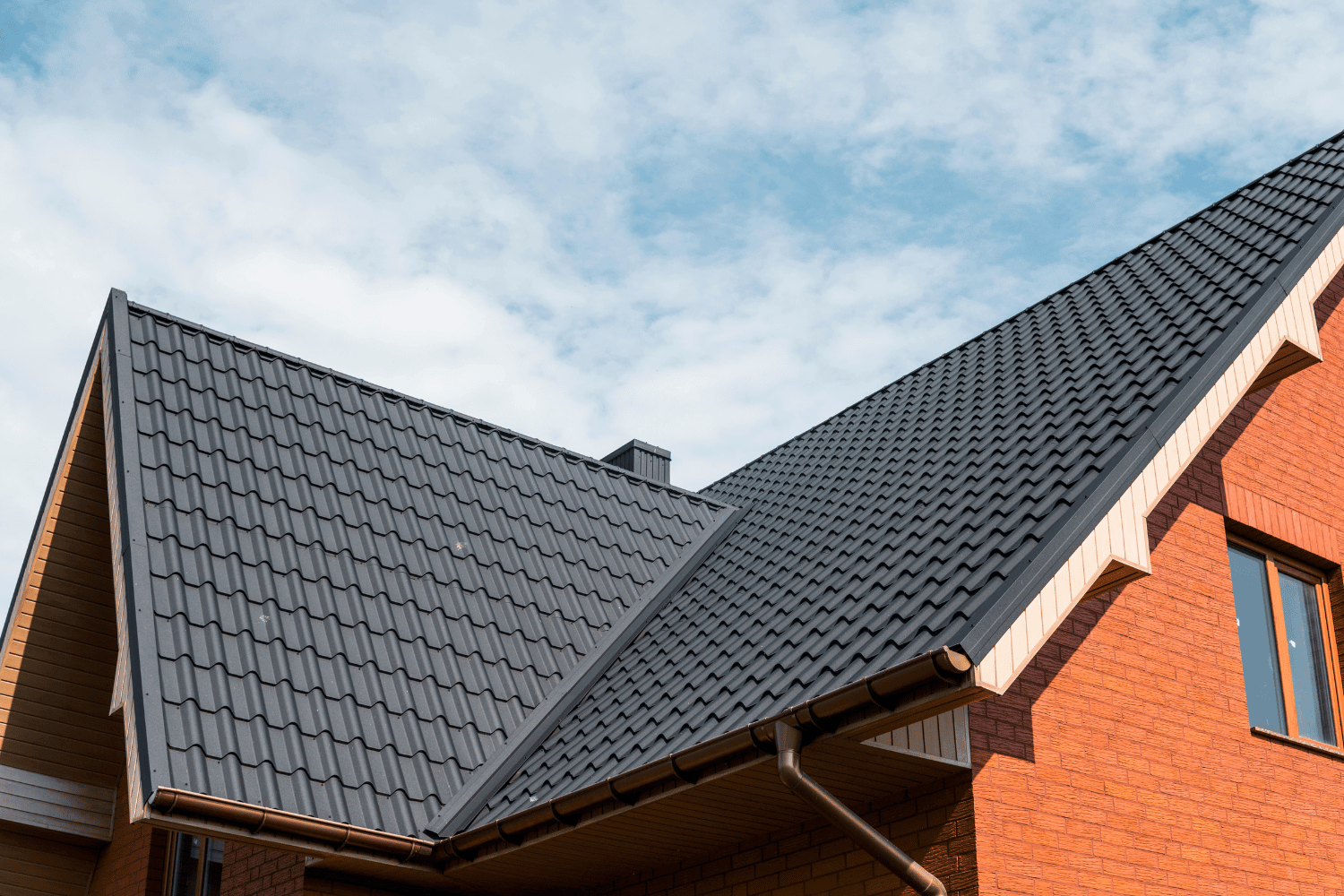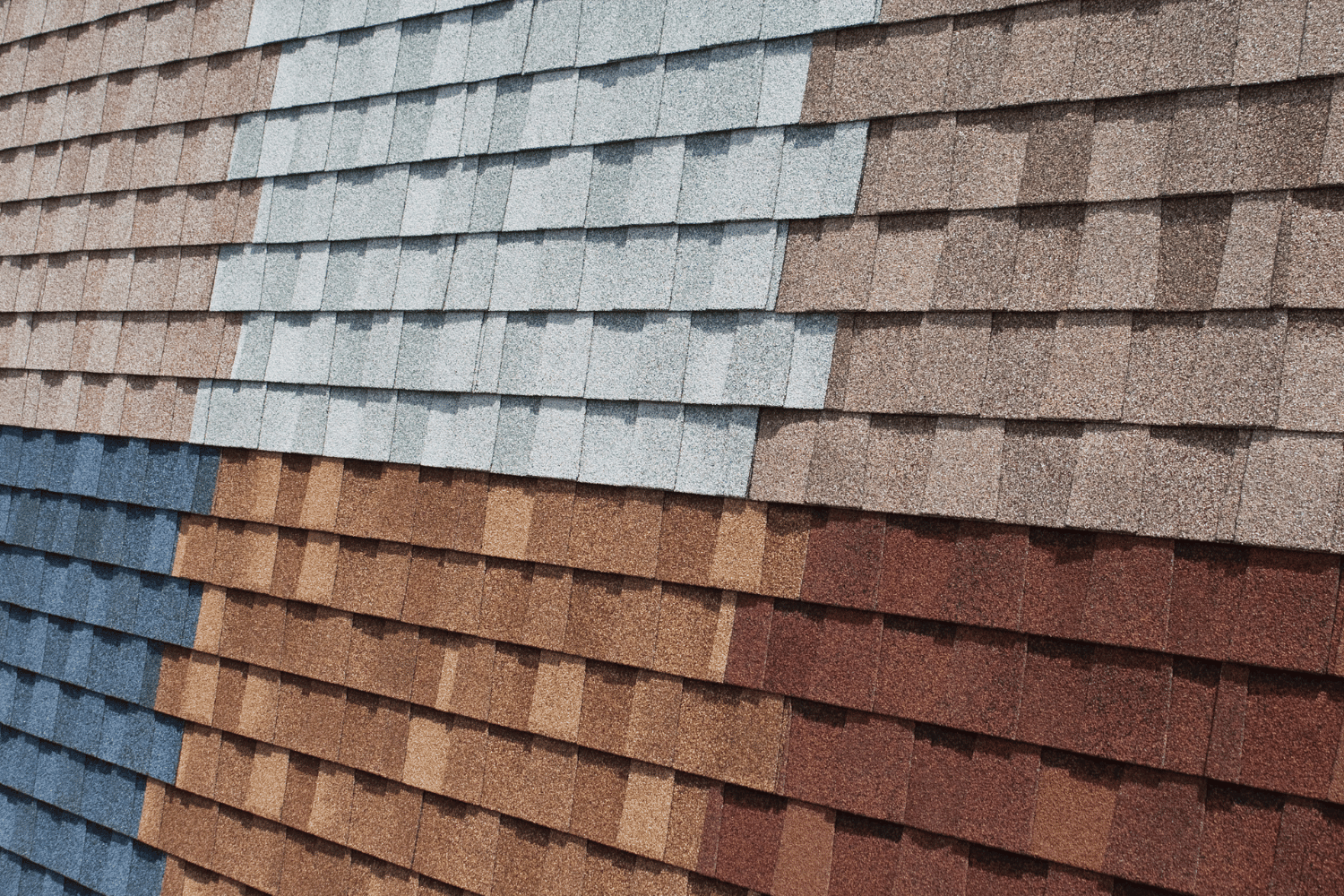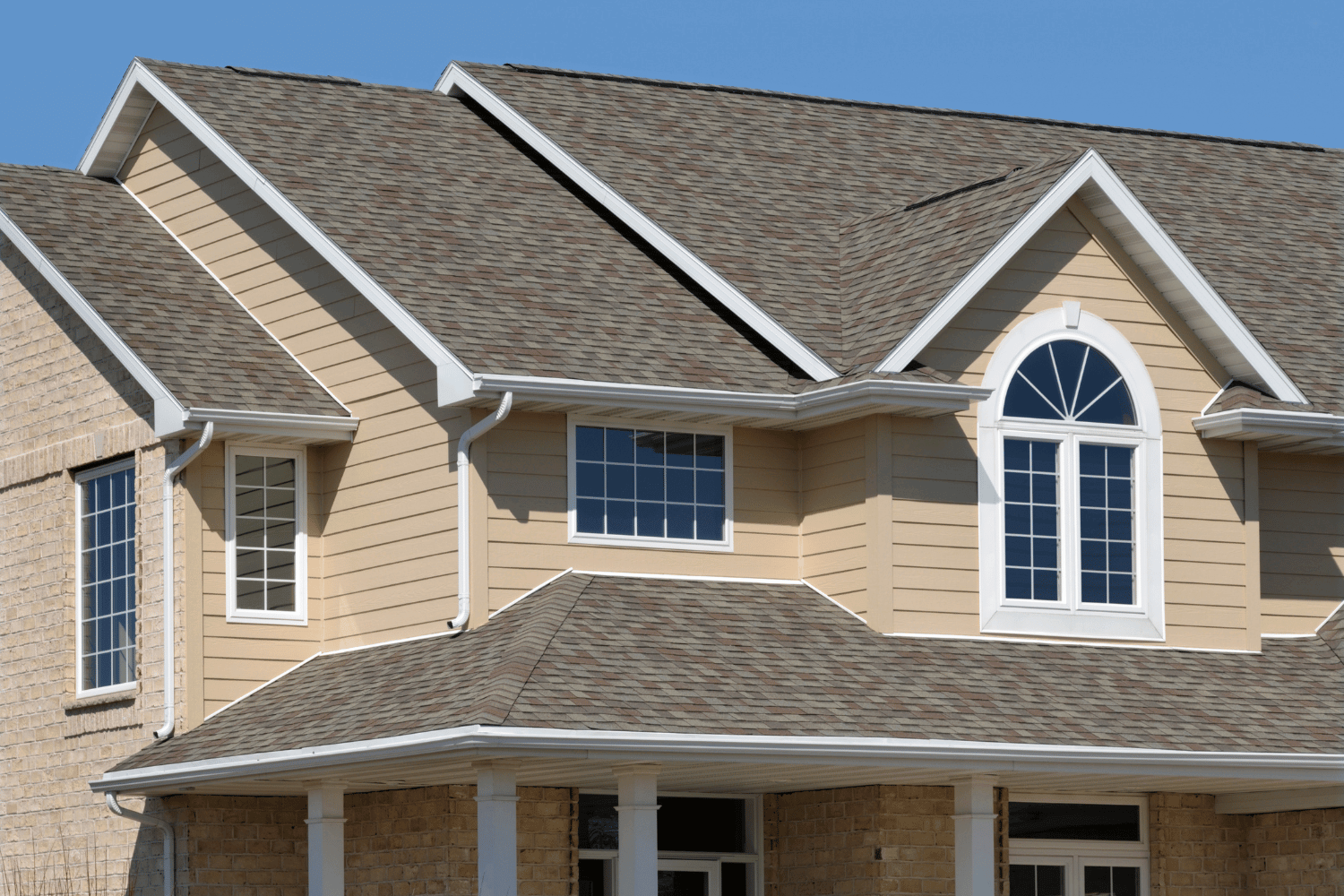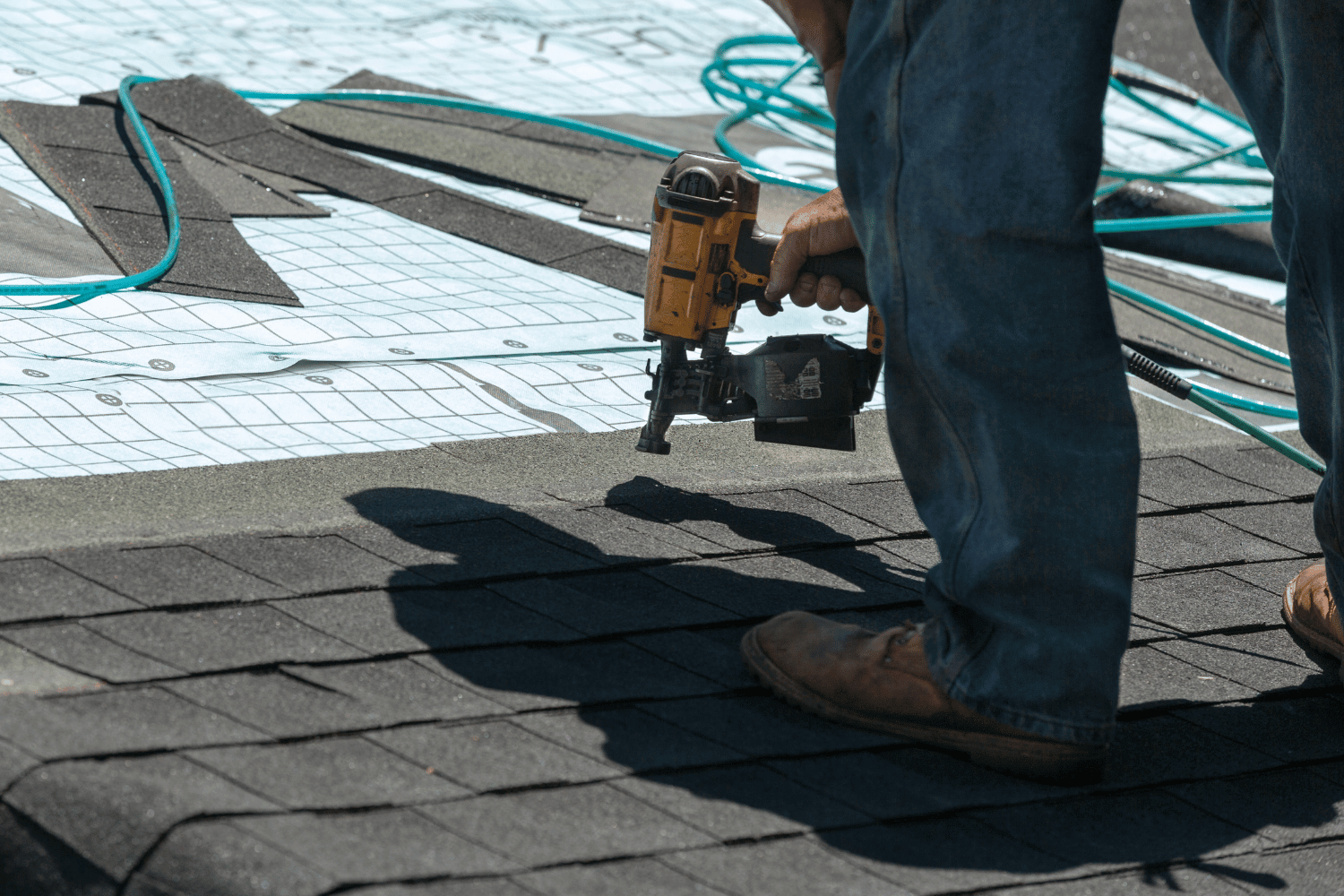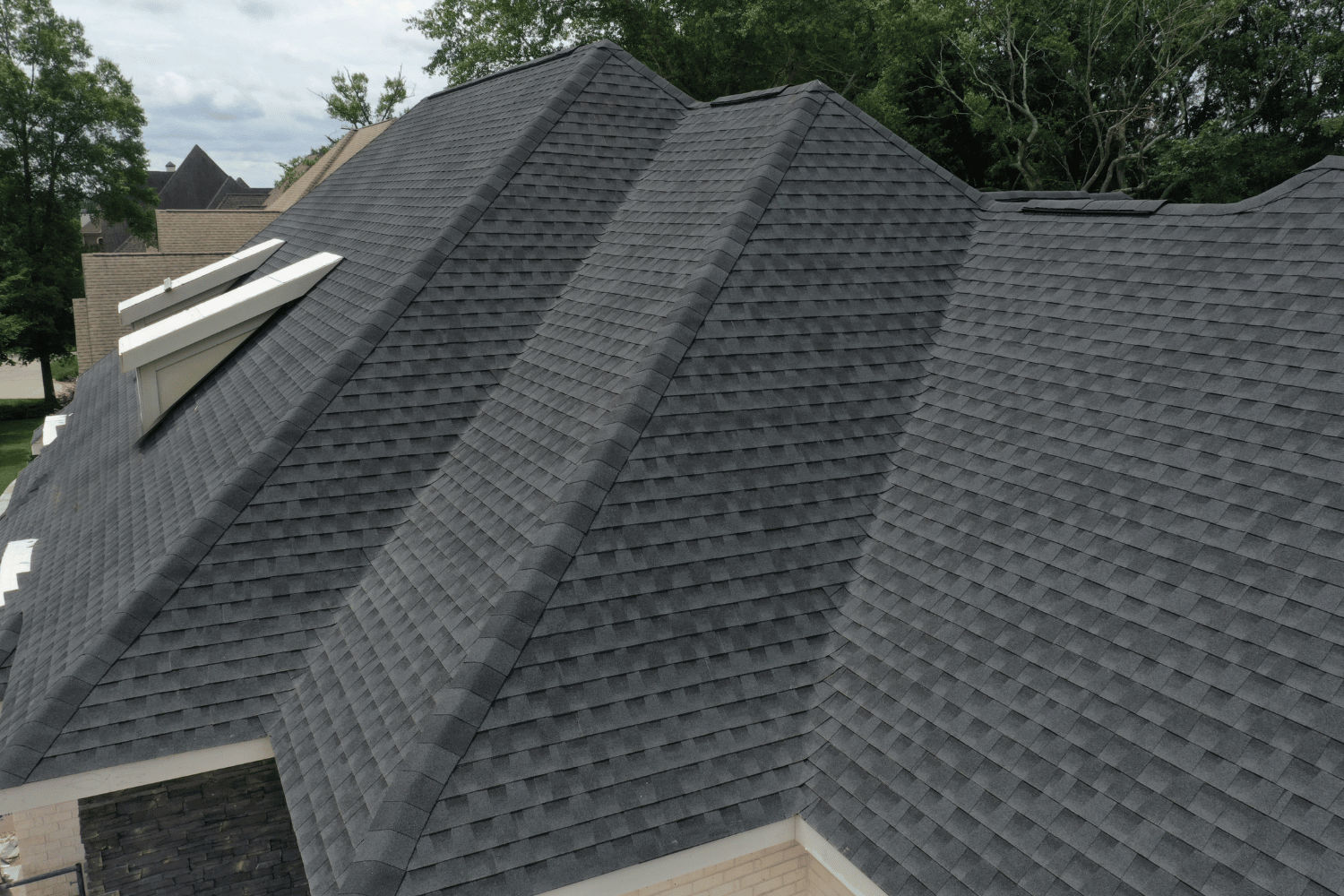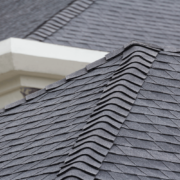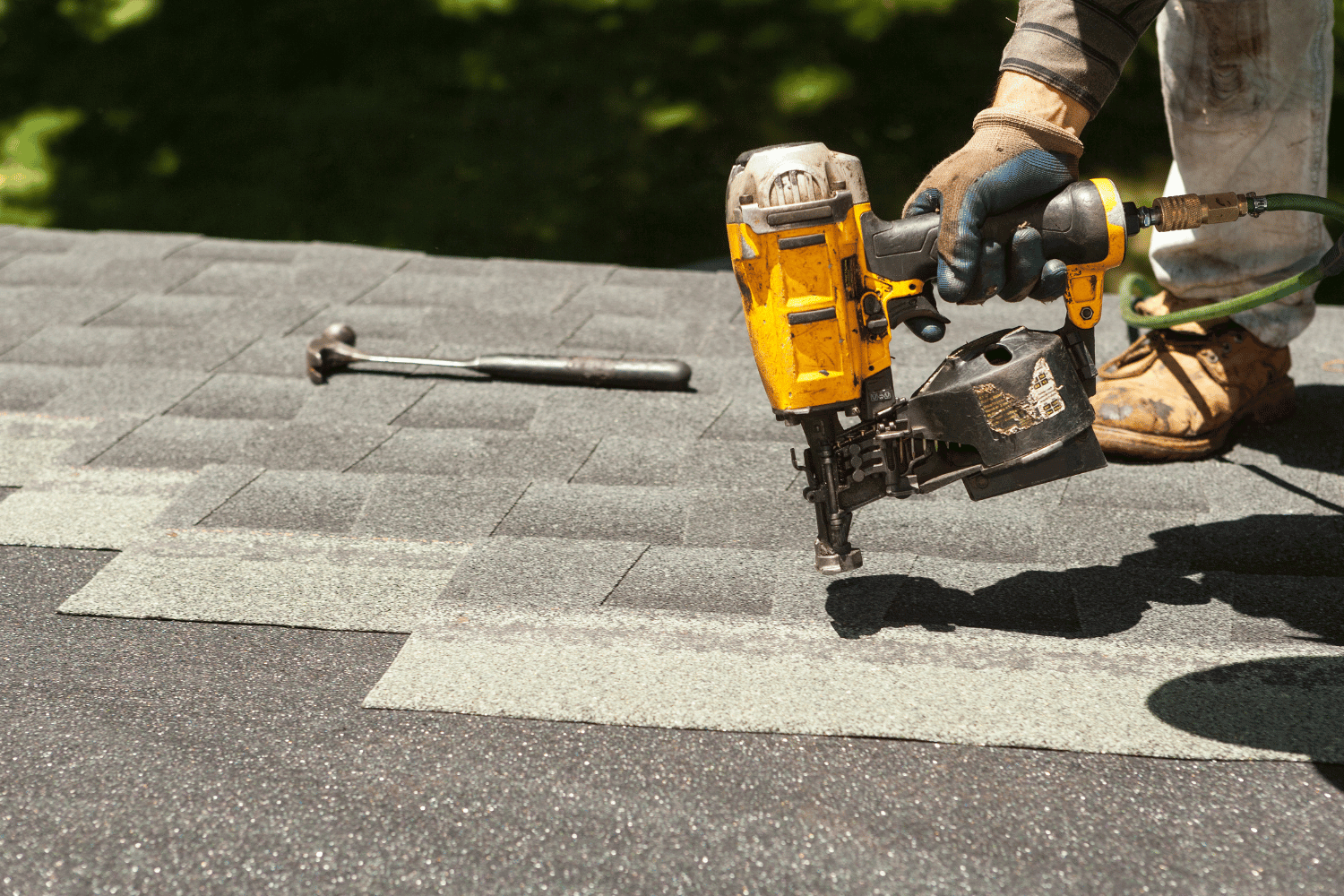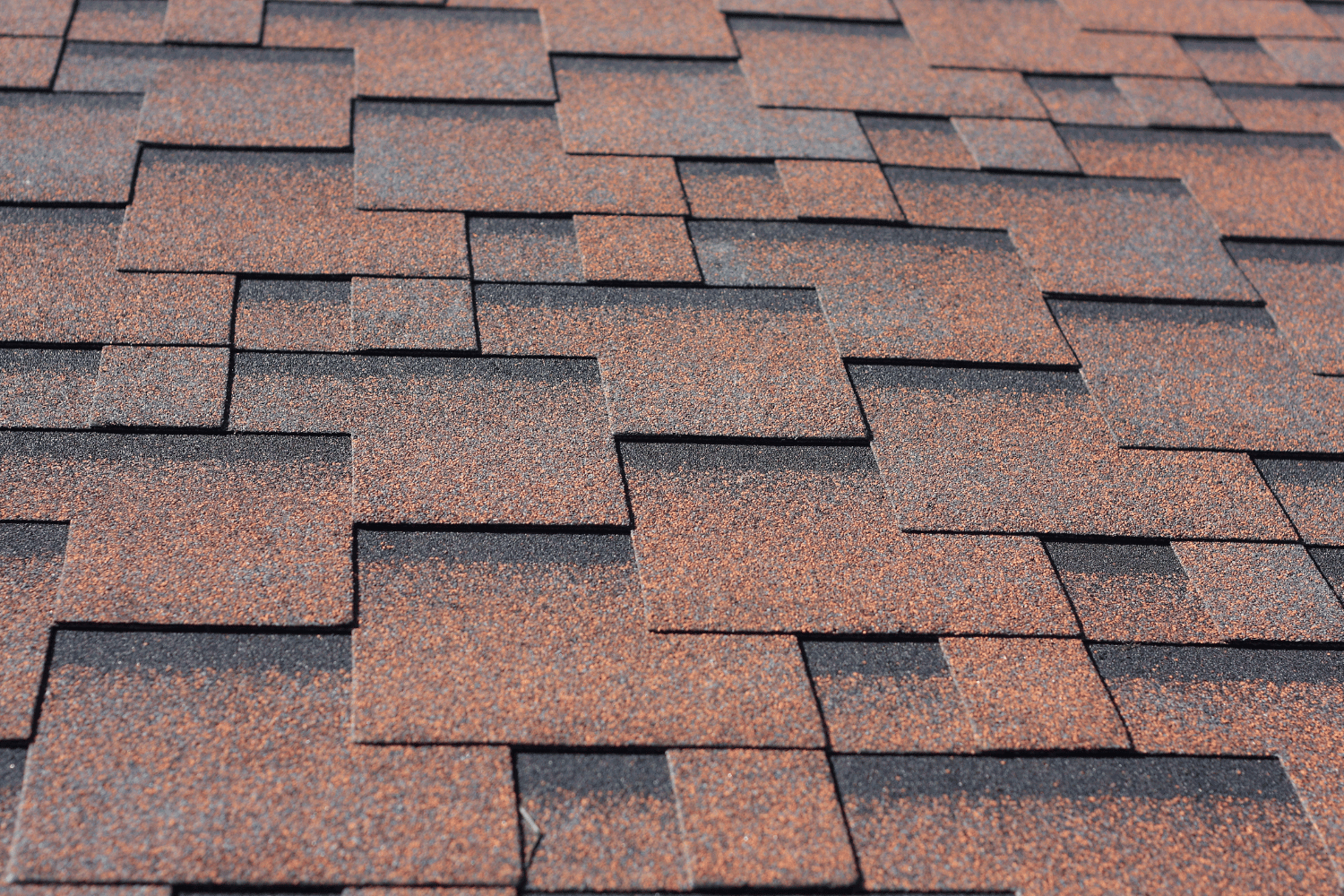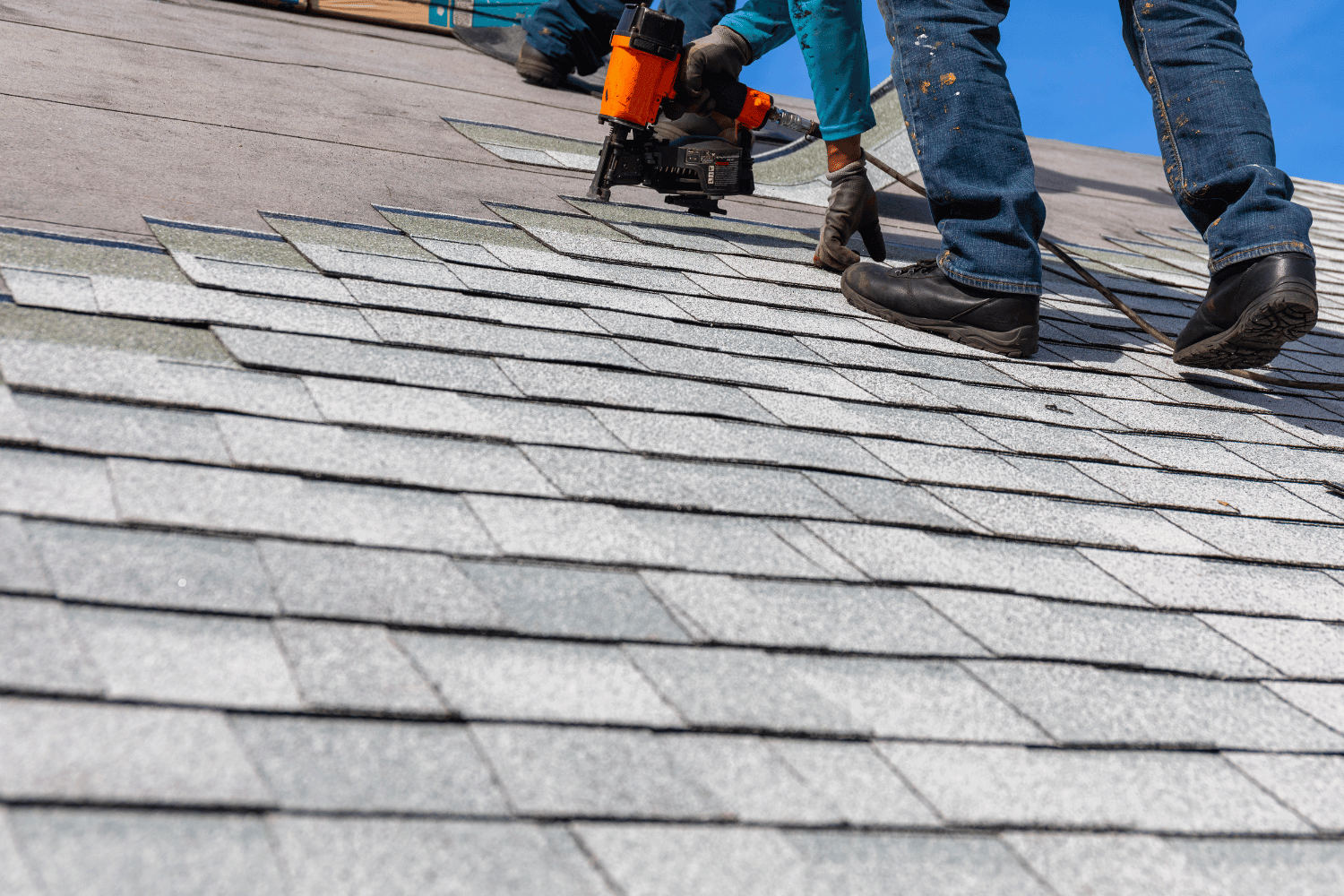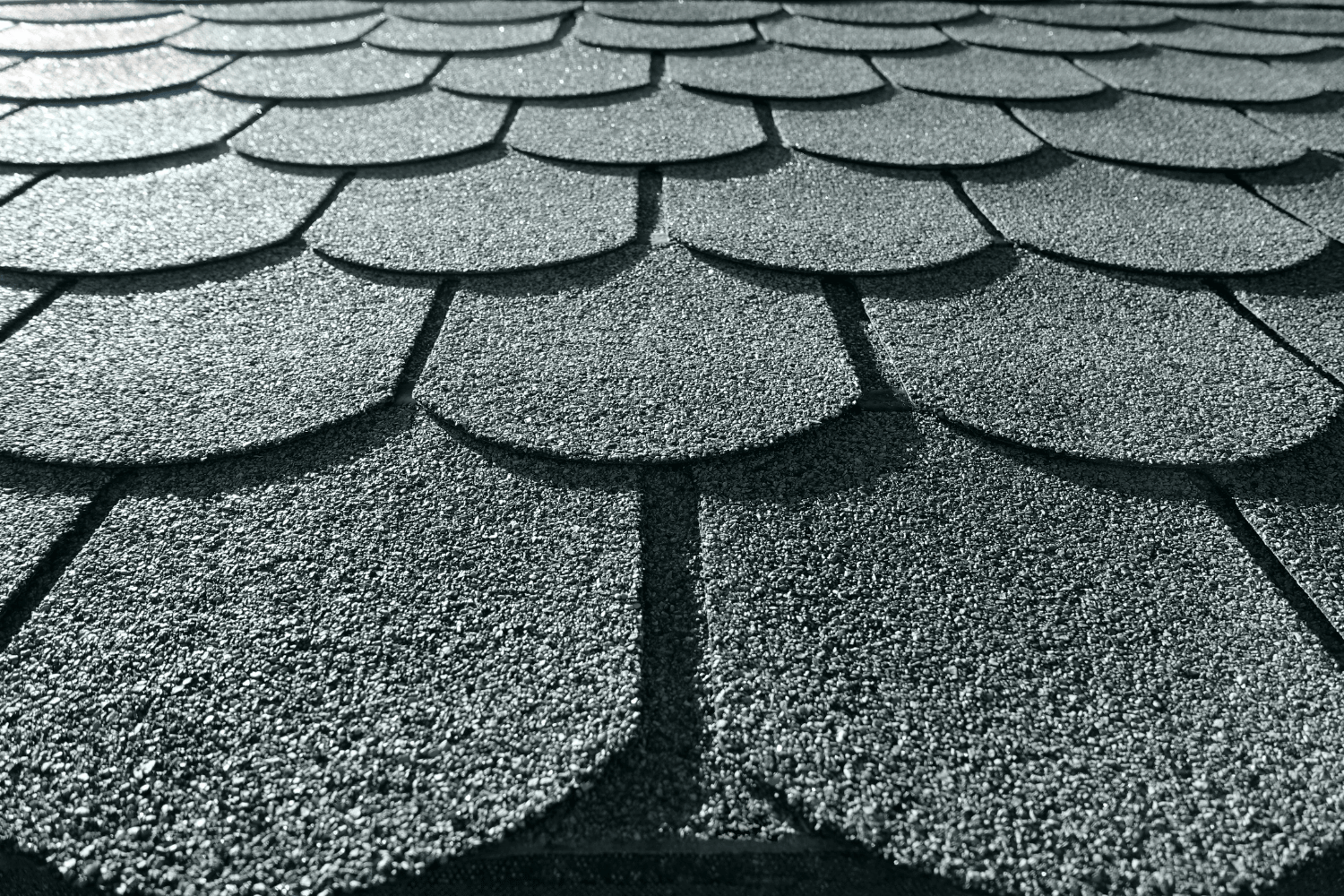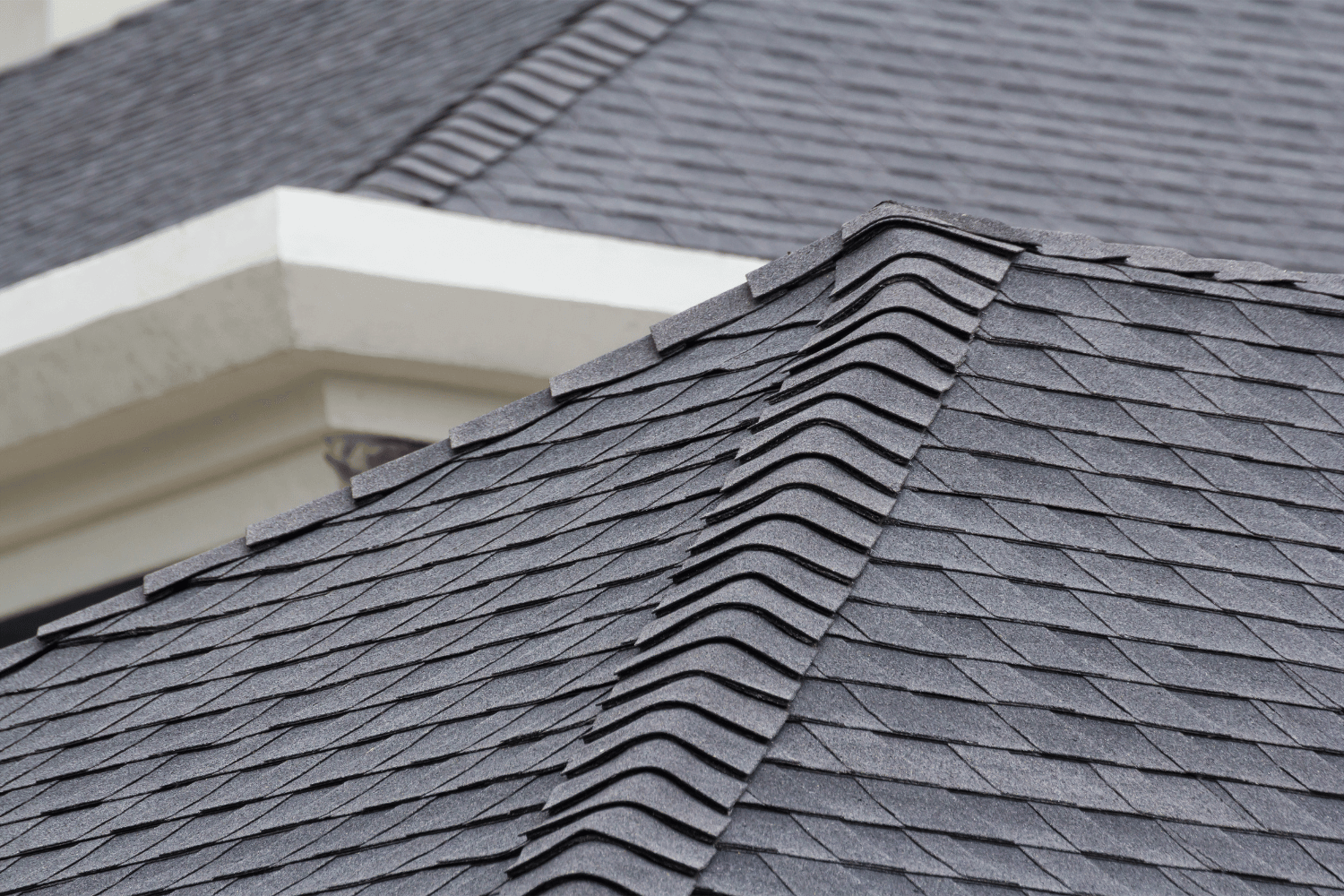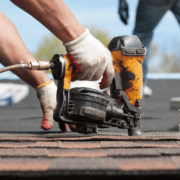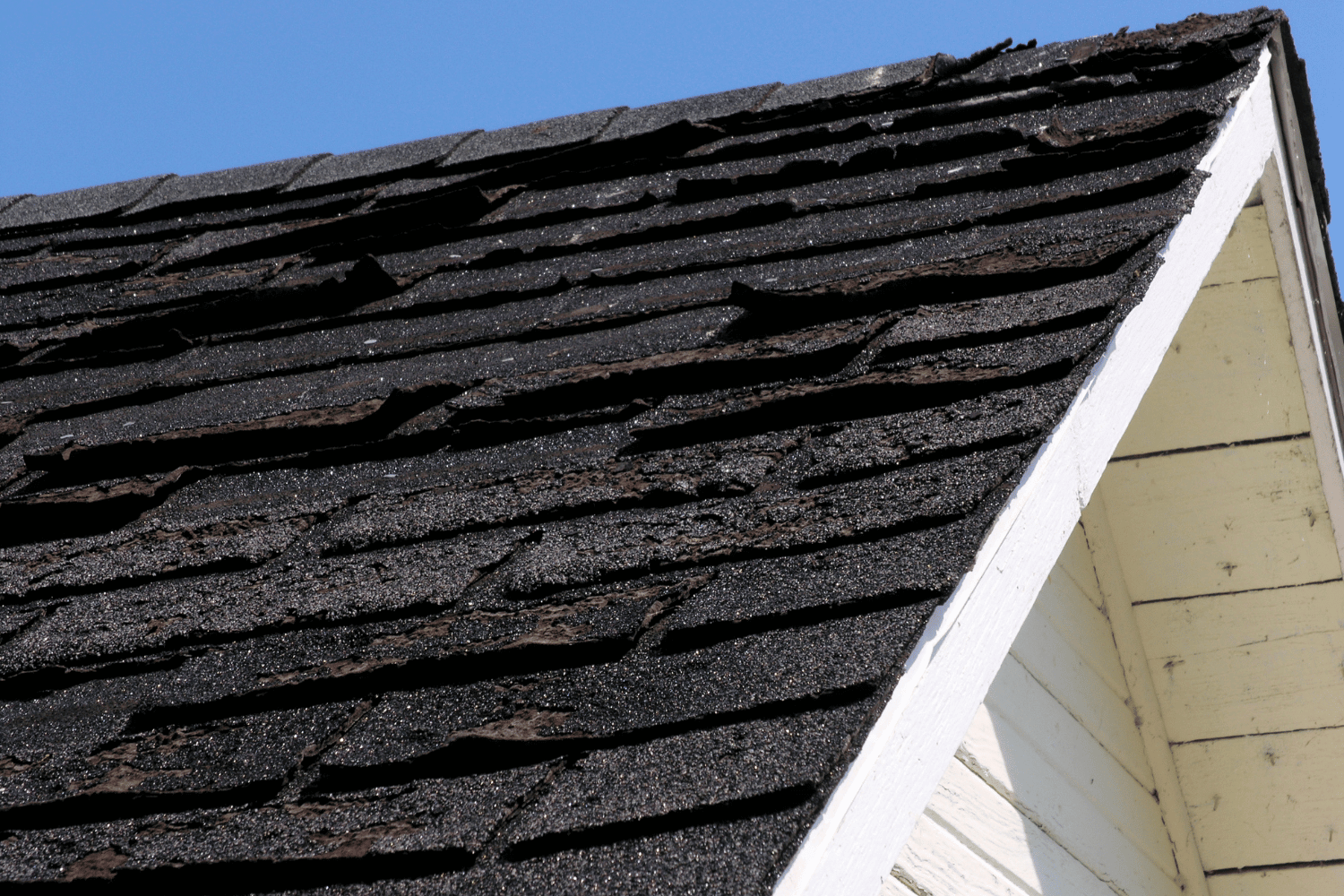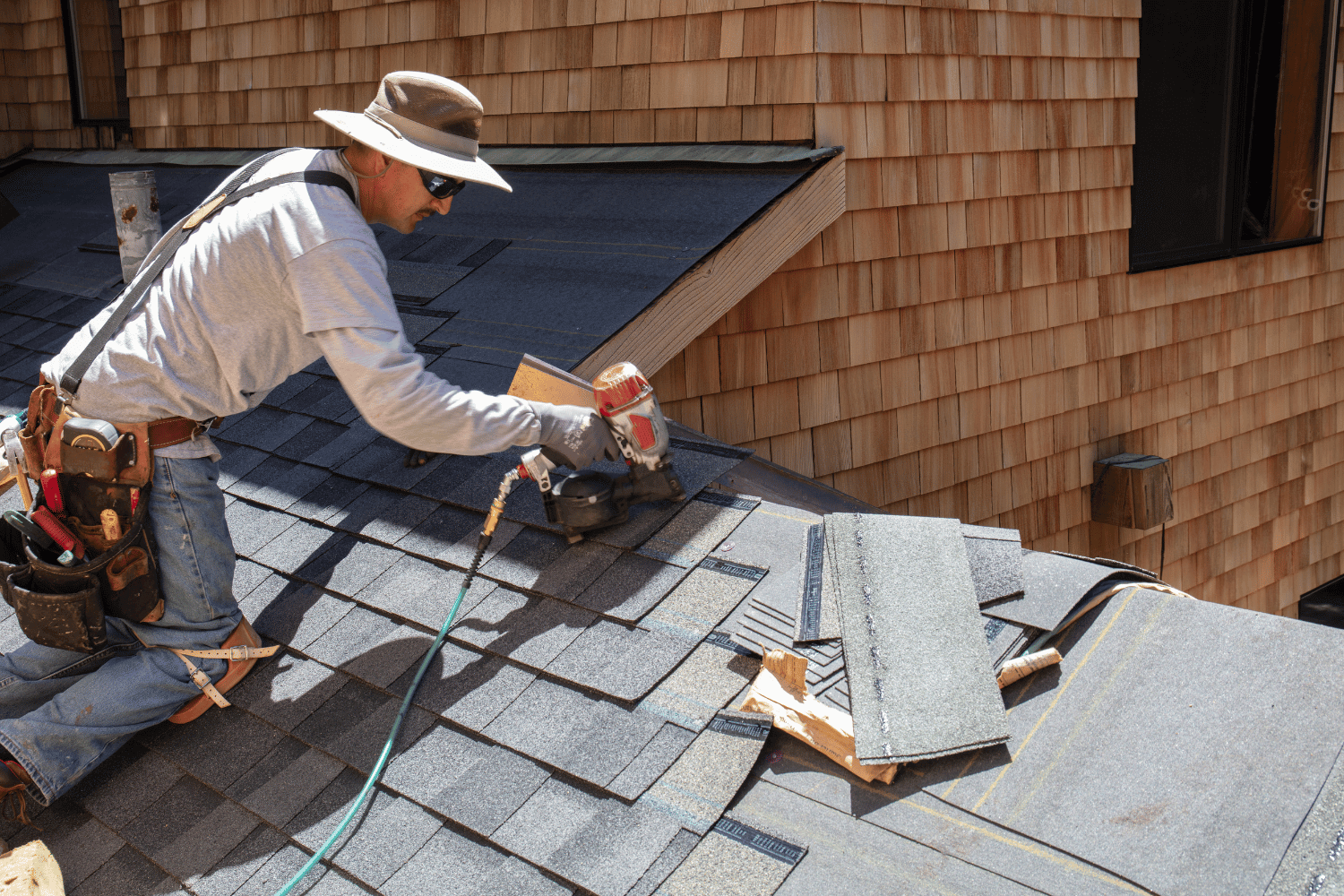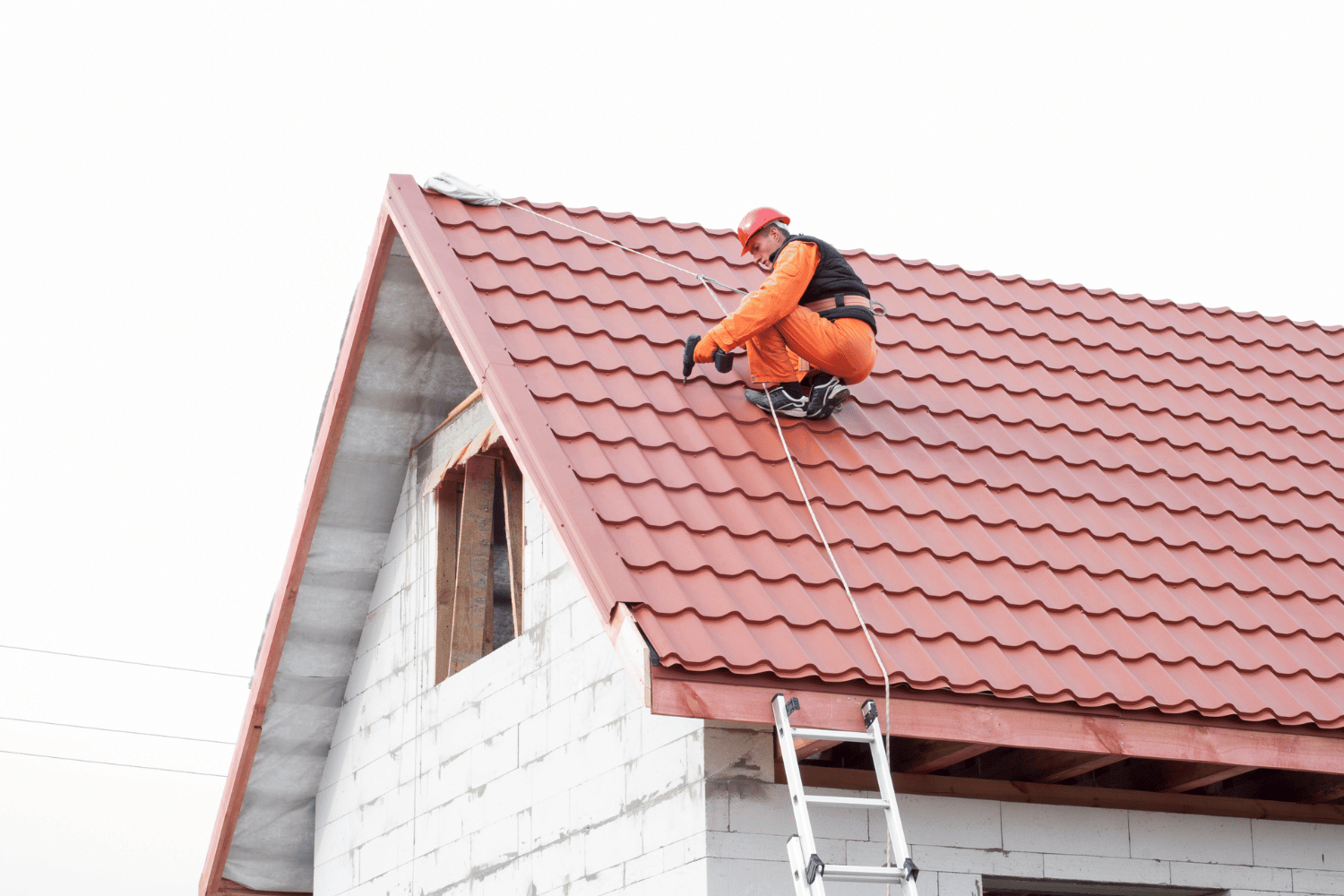Effortless Shingle Removal: A Step-by-Step DIY Guide
Need guidance on shingle removal? This guide will show you when and how to remove shingles safely and efficiently. Get ready for step-by-step instructions, essential tools, and preparation tips.
Key Takeaways
-
Watch for signs like missing shingles or water damage to know when it’s time for removal.
-
Use the right tools, such as a roofing shovel and safety gear, for a safer and smoother shingle removal process.
-
Proper clean-up and assessment post-removal are crucial to prepare your roof for the next steps and ensure its integrity.
When to Consider Shingle Removal
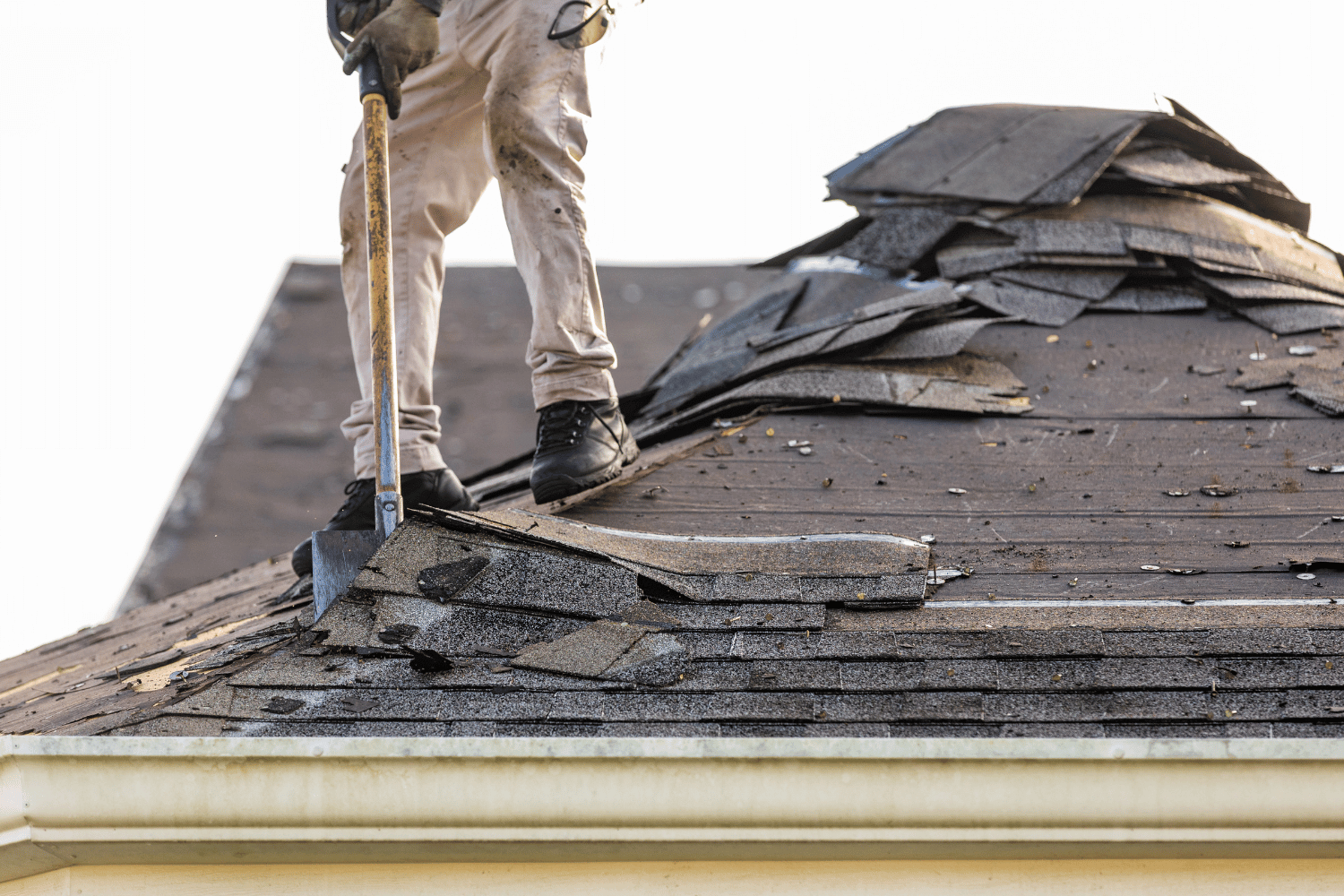
An image depicting the process of shingle removal from a roof.
Determining the right time to remove roof shingles is vital for your home’s integrity. Signs such as missing shingles, water infiltration, and shingle granules in your gutters are clear indicators that it’s time to act. Neglecting these issues can cause further damage to your roof and home. Promptly addressing these signs can prevent more significant problems later.
Timing plays a crucial role in shingle removal. Clear weather conditions ensure safety and efficiency. Performing roofing work under ideal weather conditions not only makes the job easier but also minimizes the risk of accidents. Removing old shingles maintains the integrity of your roofing system, setting the stage for a new, robust roof.
Essential Tools and Materials
Before:
Having the right tools and materials before you start ensures a smooth shingle removal process. Key tools include a roofing shovel, pry bar, safety harness, and a trash container to manage waste. A roofing shovel or flat pry bar, specifically designed for lifting shingles, makes the task more manageable. Additionally, a broom, work gloves, safety goggles, a ladder, tarps, and plywood contribute to safety and efficiency.
After: ice and water
Key tools for a smooth shingle removal process include:
-
Roofing shovel
-
Pry bar
-
Safety harness
-
Trash container to manage waste
-
Broom
-
Work gloves
-
Safety goggles
-
Ladder
-
Tarps
-
Plywood
Having the right tools and materials ensures safety and efficiency during the task.
Renting a dumpster helps manage roofing debris effectively, ensuring proper disposal and keeping your work area clean and safe. Equipped with the right tools, you’ll be ready to tackle the shingle removal process.
Preparing Your Roof and Surrounding Area
Proper preparation is key to a successful roofing project. Use tarps to catch falling shingles, reducing the cleanup effort. Protect your landscaping by covering the ground around the house, especially beneath the eaves, with tarps or plywood. This simple step prevents damage to plants and vegetation from falling debris.
Never compromise on safety. Attach sheets of plywood to safeguard windows from potential damage. Adjustable roof jacks enhance safety and provide support for the work area. Positioning a trash container nearby makes debris disposal more efficient. These preparations ensure a safe and organized work environment.
Step-by-Step Shingle Removal Process

A visual guide to the step-by-step shingle removal process on a roof.
A structured approach is essential for methodically removing all the shingles from the peak down to the eaves. This method ensures efficiency and reduces the risk of missing any areas. The removal process can be broken down into three main steps: starting at the peak, working downward, and removing the flashing.
Following these steps allows for systematic and thorough shingle removal. Here’s a detailed look at each step.
Start at the Peak
Start the shingle removal process at the ridge caps, the topmost shingles on the roof. Carefully lift the shingles with a roofing tear-off shovel, starting from the edges. This tool is designed for this task, making it easier to pry up shingles without damaging the roof deck during a roof tear off.
Repeat the process of lifting shingle edges until all are detached. This method ensures efficient removal, paving the way for the next step.
Work Downward
After removing the ridge caps, tear off the shingles in 2 to 3-foot sections. This allows debris to slide down towards the roof jacks, making it easier to manage. Use a garden fork or roofing shovel to lift and pry shingles, ensuring complete coverage.
Be cautious of soft spots on the entire roof deck as you progress; they may indicate underlying damage or rot related to roof decking. Clearing 2 to 3-foot wide sections at a time helps maintain control over debris and ensures thorough work.
Remove Flashing
With the shingles removed, address the roof flashing. Remove and inspect the flashing for rust or corrosion. If the flashing is in good condition, pry it up with a smaller pry bar or hammer to minimize damage. If the flashing is in poor condition, replace it during the shingle removal process.
Starting fresh with new flashing generally provides a better seal. This ensures the longevity and integrity of your new roof.
Cleaning Up After Shingle Removal
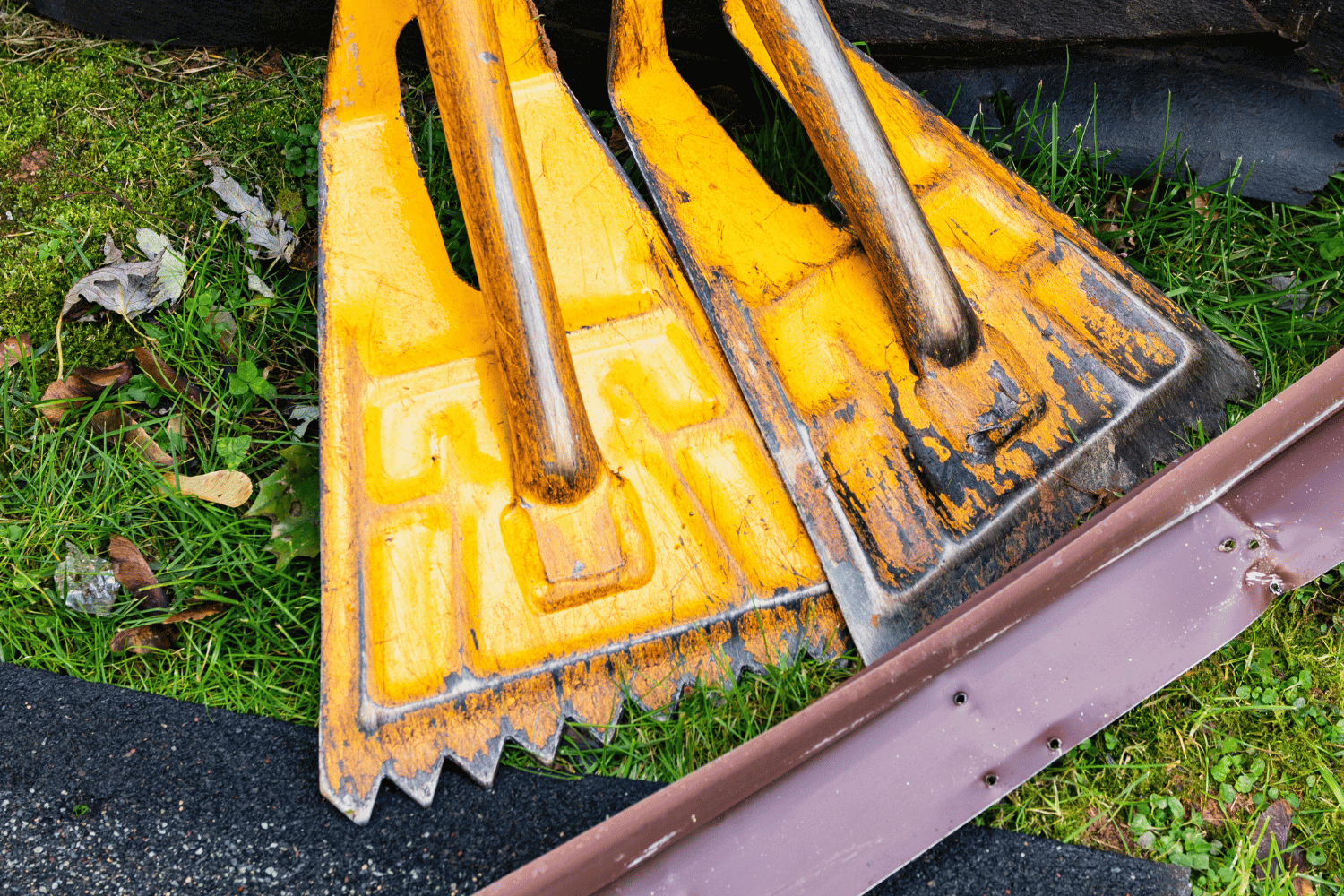
Cleaning up after shingle removal with debris and tools displayed.
Cleaning up is the next crucial step once the asphalt shingles are removed. Begin by tossing the old roofing material into the trash container and clearing the yard of debris. This maintains a clean work environment and prevents accidents.
Collect stray nails and metallic debris with a magnetic wand. Finish the cleaning process with a broom, ensuring the area is hazard-free and ready for the next phase of the roofing project, including the collection of loose nails.
Assessing Roof Deck Condition
After removing the old shingles, assess the condition of your roof deck and the existing shingles. Check for damage signs like granule loss, curling shingles, and nails popping out, which may indicate deck warping. These signs suggest the roof deck may be compromised and need repairs.
Inspect for water stains, mold, and gaps in the roof deck, as these may indicate moisture issues and potential damage. Making necessary repairs and replacing any damaged flashing ensures the longevity and integrity of your new roof.
Tips for Safe and Efficient Shingle Removal
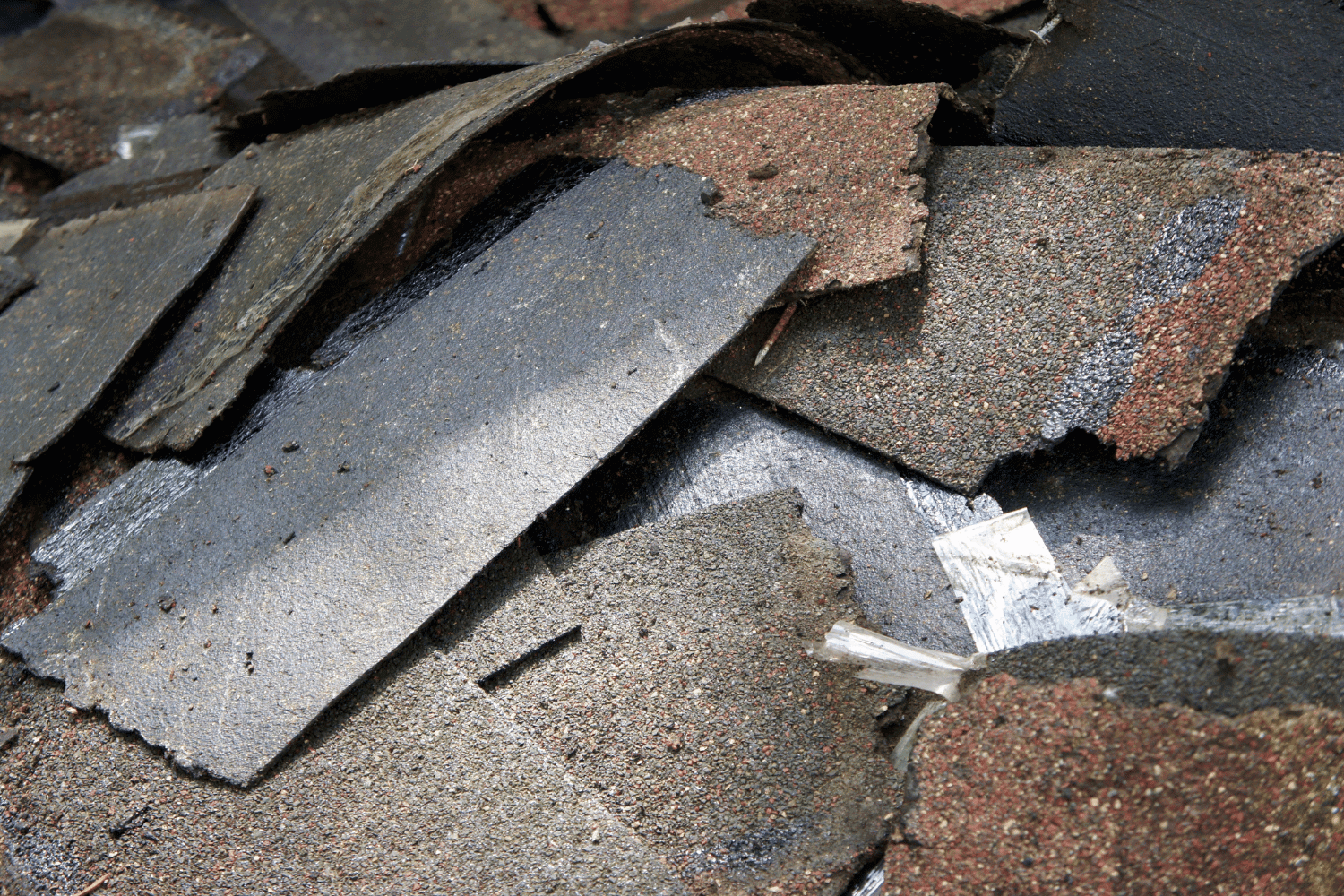
Safety precautions during shingle removal process.
Safety must always be a priority during any roofing project. Properly secure your safety harness before climbing onto the roof to prevent accidents. Wearing safety gear like goggles and gloves is essential for preventing injuries. Sturdy shoes with good traction are crucial for maintaining grip on the roof while working.
Avoid working during rainy or icy conditions to minimize slip hazards. Organizing your work area and positioning the trash bin for easy access helps maintain an efficient workflow and reduces accident risks.
Professional Help vs. DIY Shingle Removal
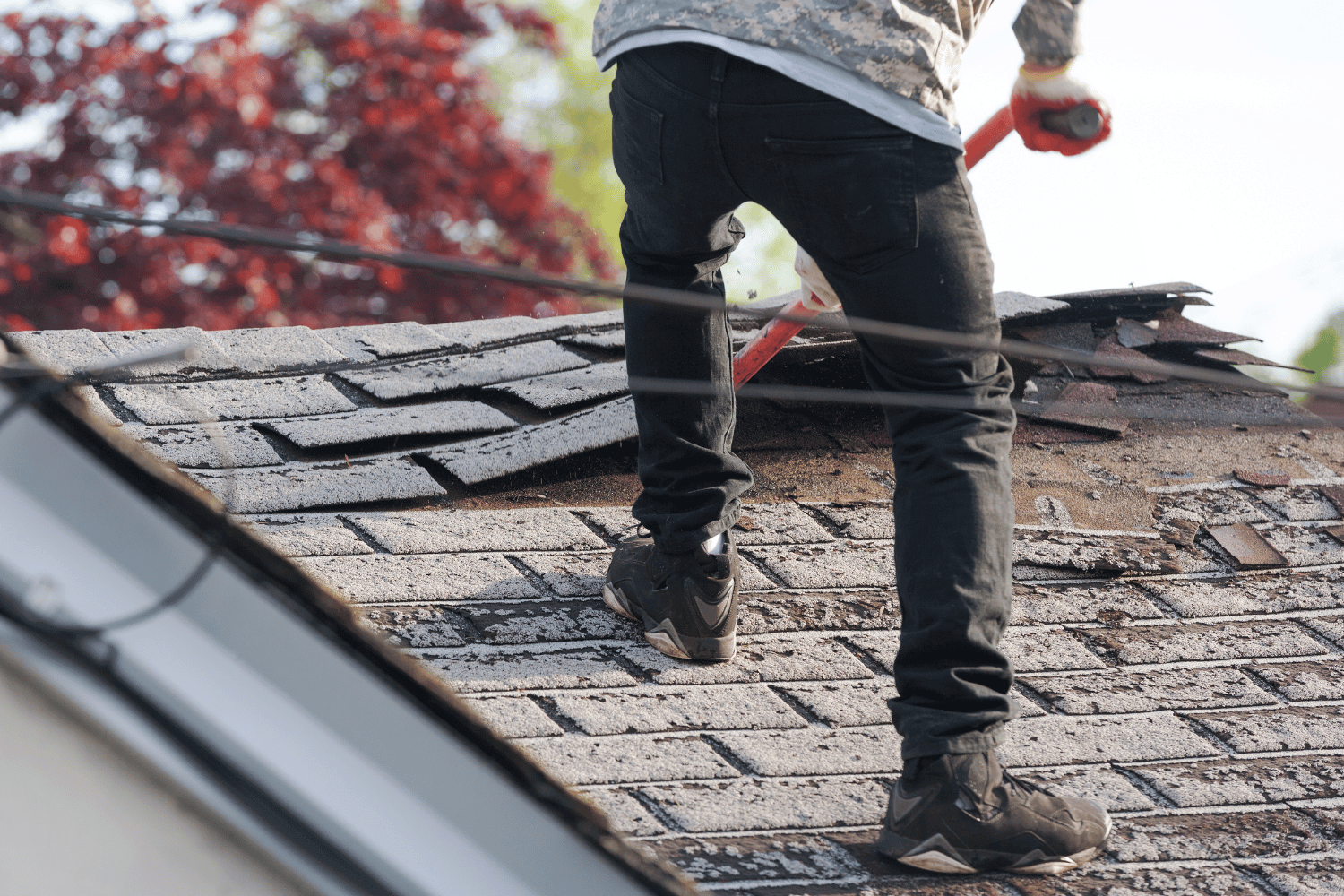
Comparison between DIY shingle removal and professional help.
Choosing between professional help and DIY shingle removal depends on several factors. Hiring a professional ensures efficiency and quick installation, completing the project in a timely manner. Professional roofers typically offer warranties against defects, which DIY efforts usually lack.
Opting for DIY shingle removal can significantly save on labor costs. However, lack of experience can lead to costly mistakes and potential future repairs.
Safety is a major concern during roof removal, and falls can cause serious injuries without proper measures.
CoMo Premium Exteriors: Your Local Roofing Experts
CoMo Premium Exteriors has served the Mid-Missouri area for over a decade, earning a reputation as a trusted roofing contractor.
They are dedicated to community engagement and actively participate in local events and initiatives.
They serve:
-
Columbia
-
Jefferson City
-
Moberly
-
Boonville
-
Surrounding areas
Offering services including roof inspection, maintenance, repair, replacement, and emergency repairs, CoMo Premium Exteriors is your go-to for all roofing needs.
With extensive experience in handling insurance claims and offering various warranties, they ensure quality workmanship and customer satisfaction.
Summary
In conclusion, removing old shingles is a critical step in maintaining the integrity of your roof. By following the step-by-step guide and using the right tools, you can efficiently tackle the shingle removal process. Preparing your roof and surrounding area, cleaning up after the job, and assessing the condition of your roof deck are all essential steps to ensure a successful project.
Whether you decide to go the DIY route or hire a professional, safety should always be your top priority. And if you need expert help, CoMo Premium Exteriors is always here to provide top-notch roofing services. Ready to take on your next roofing project? Get started today!
Frequently Asked Questions
What are the signs that indicate it’s time for shingle removal?
If you notice missing shingles, water leaks, or granules collected in your gutters, it’s definitely time to consider removing your old roof shingles. Don’t wait until the damage gets worse!
What tools and materials are essential for shingle removal?
To effectively remove shingles, you’ll need a roofing shovel, pry bar, safety harness, and a trash container. Don’t forget gloves, goggles, a ladder, a broom, tarps, and some plywood for extra safety and convenience!
How should I prepare my roof and surrounding area for shingle removal?
To prepare for shingle removal, spread tarps to catch falling debris and protect your landscaping with plywood. Don’t forget to place a trash container within reach for easy cleanup!
What are the benefits of hiring a professional for shingle removal?
Hiring a professional for shingle removal guarantees efficiency, safety, and proper installation, along with warranties that DIY projects often miss. It’s a smart choice to avoid potential headaches down the line!
What services does CoMo Premium Exteriors provide?
CoMo Premium Exteriors provides a range of services including roof inspection, maintenance, repair, replacement, and emergency repairs, along with assistance for insurance claims and various warranties. They’re there to help you with all your roofing needs!

